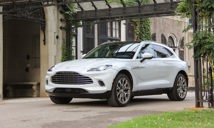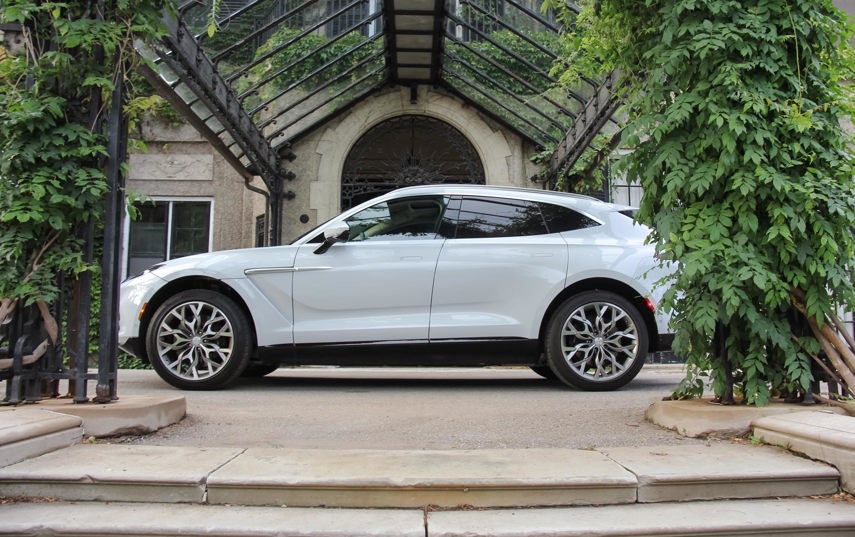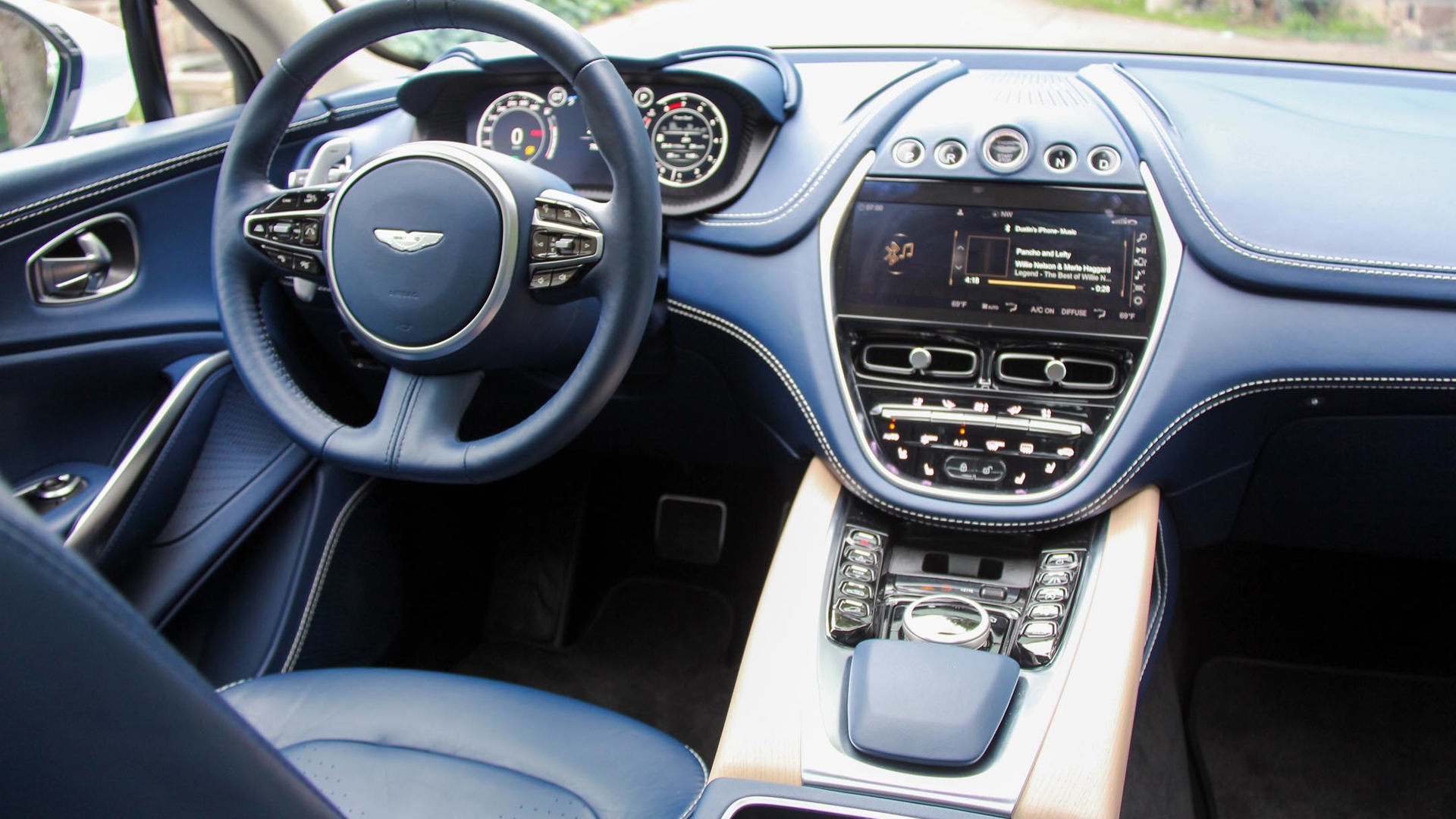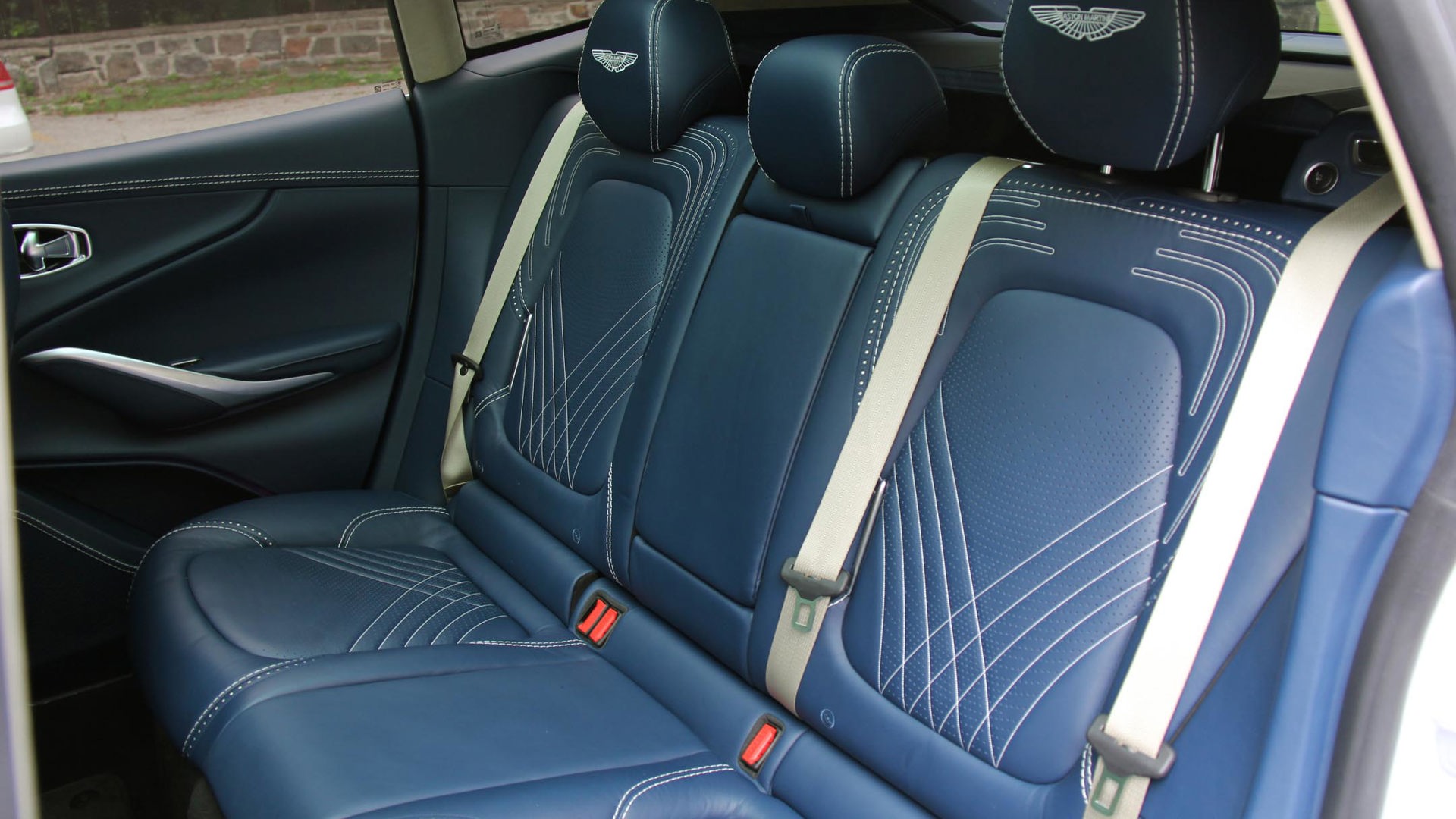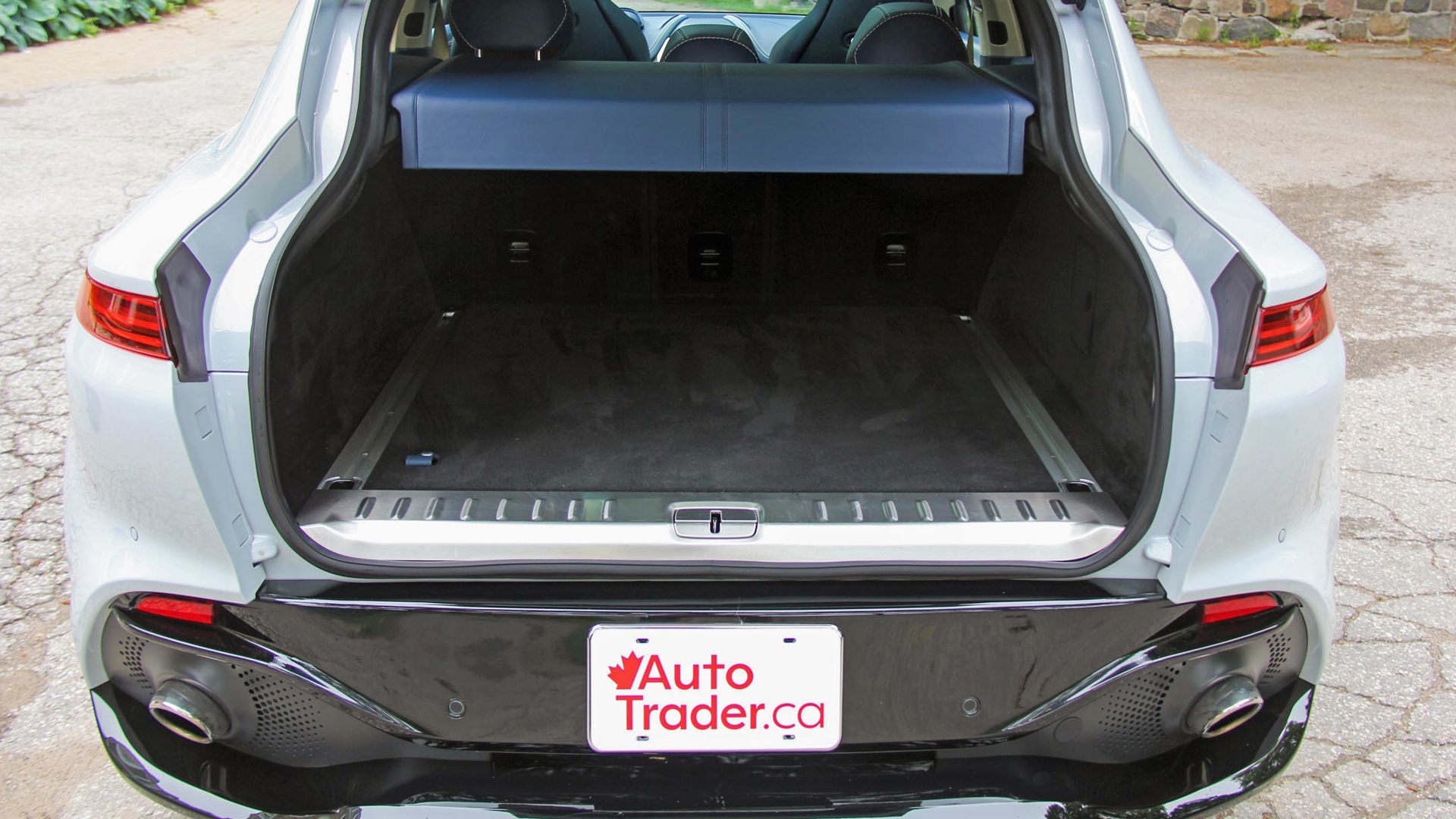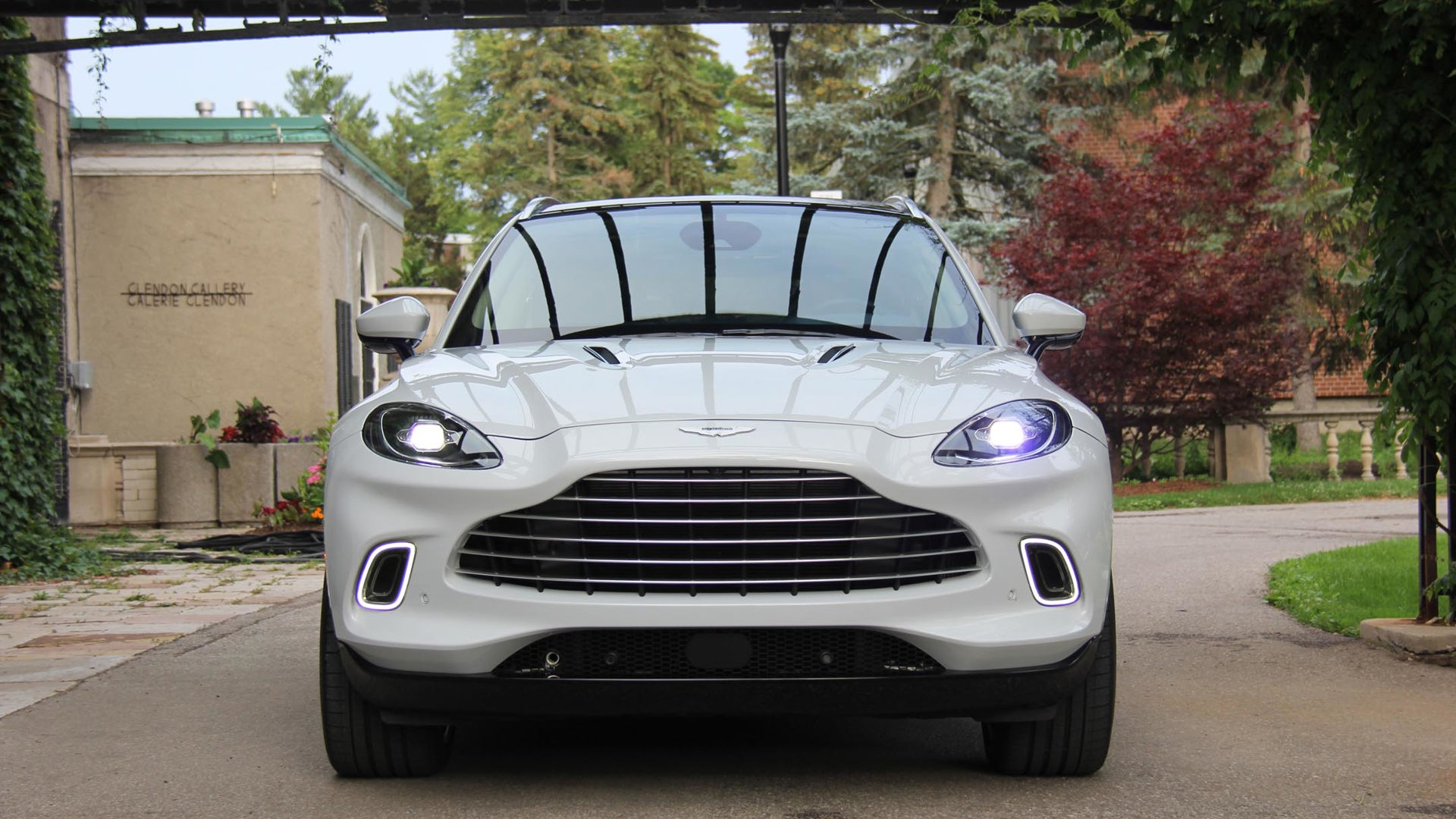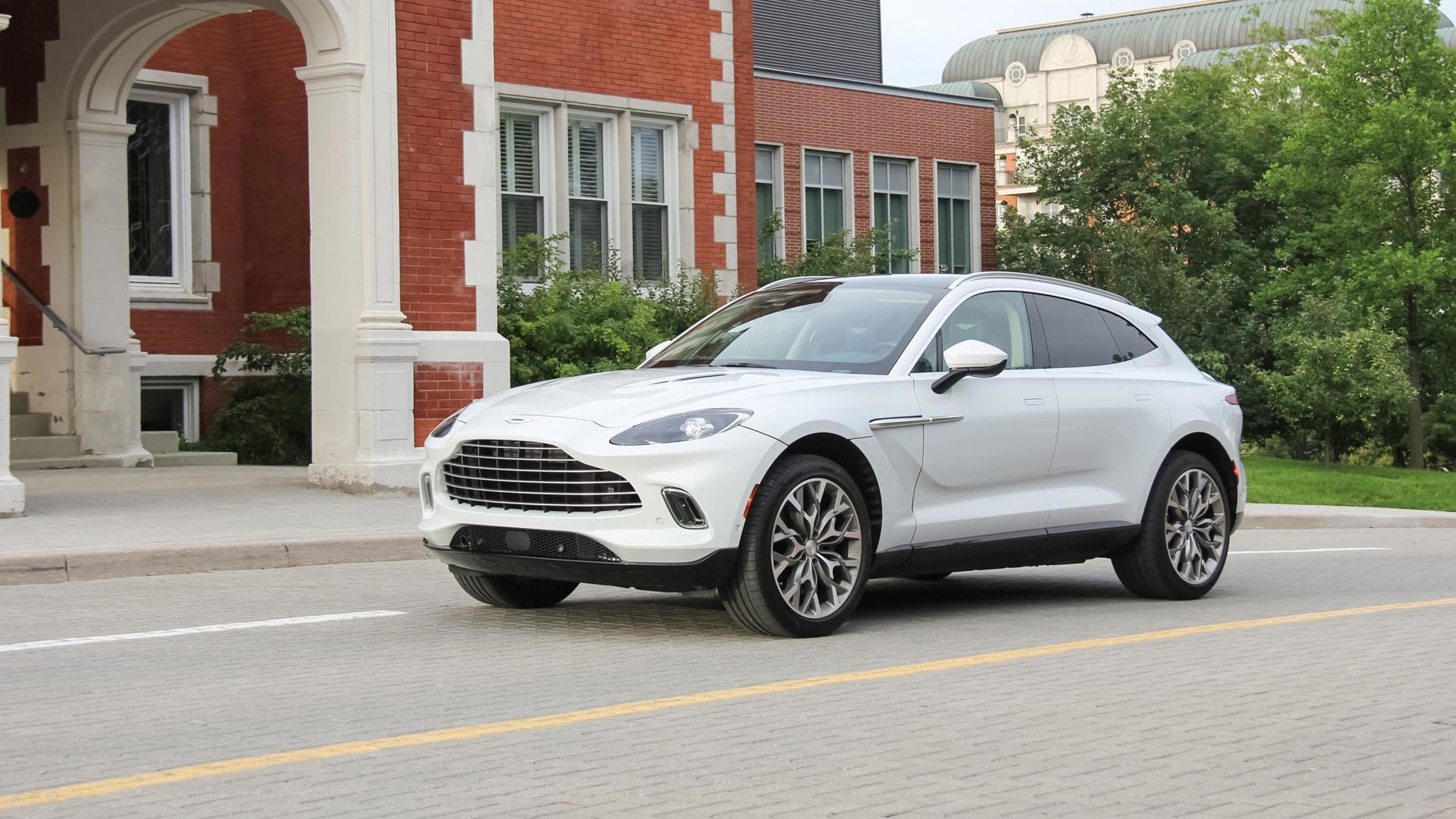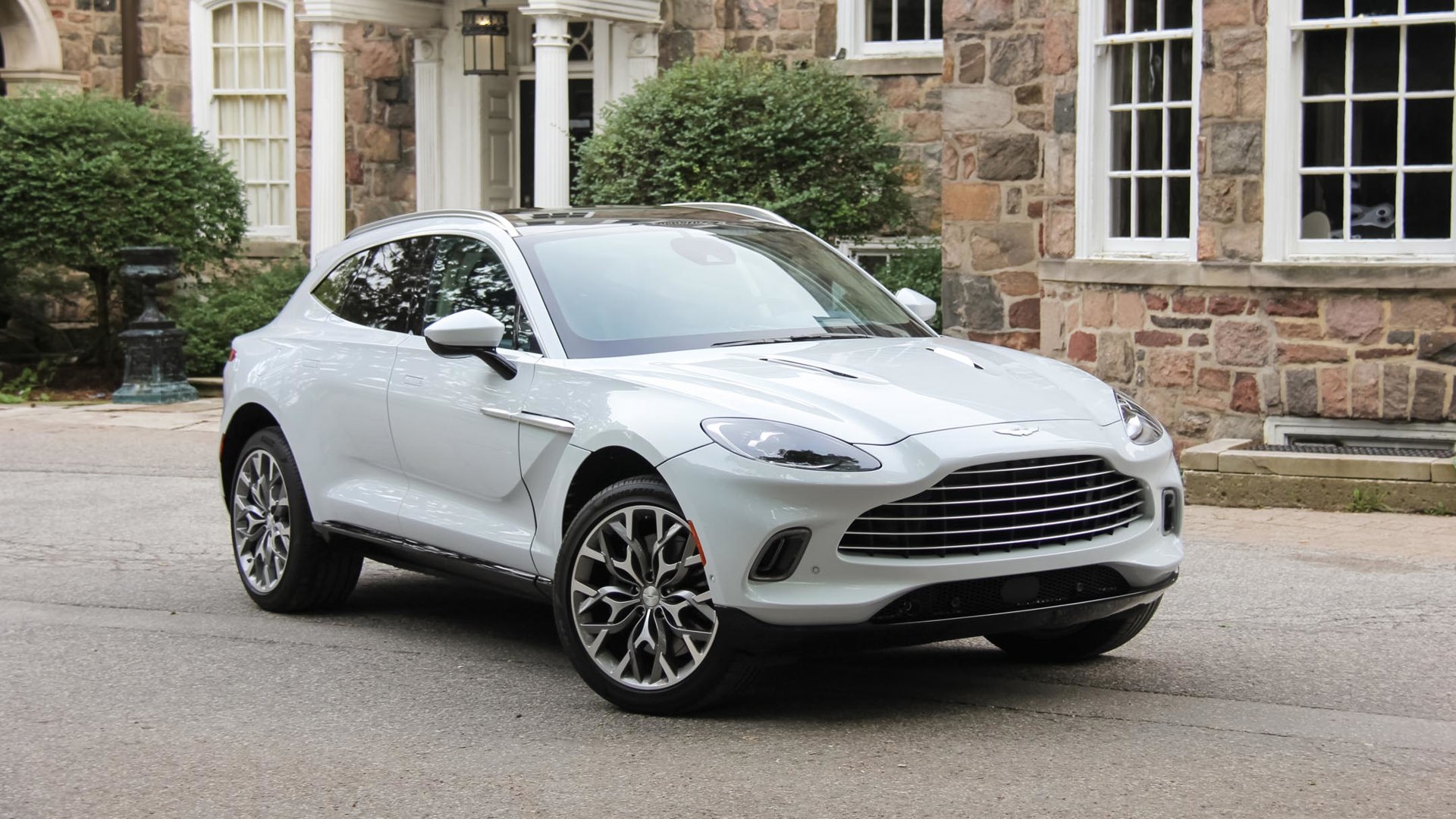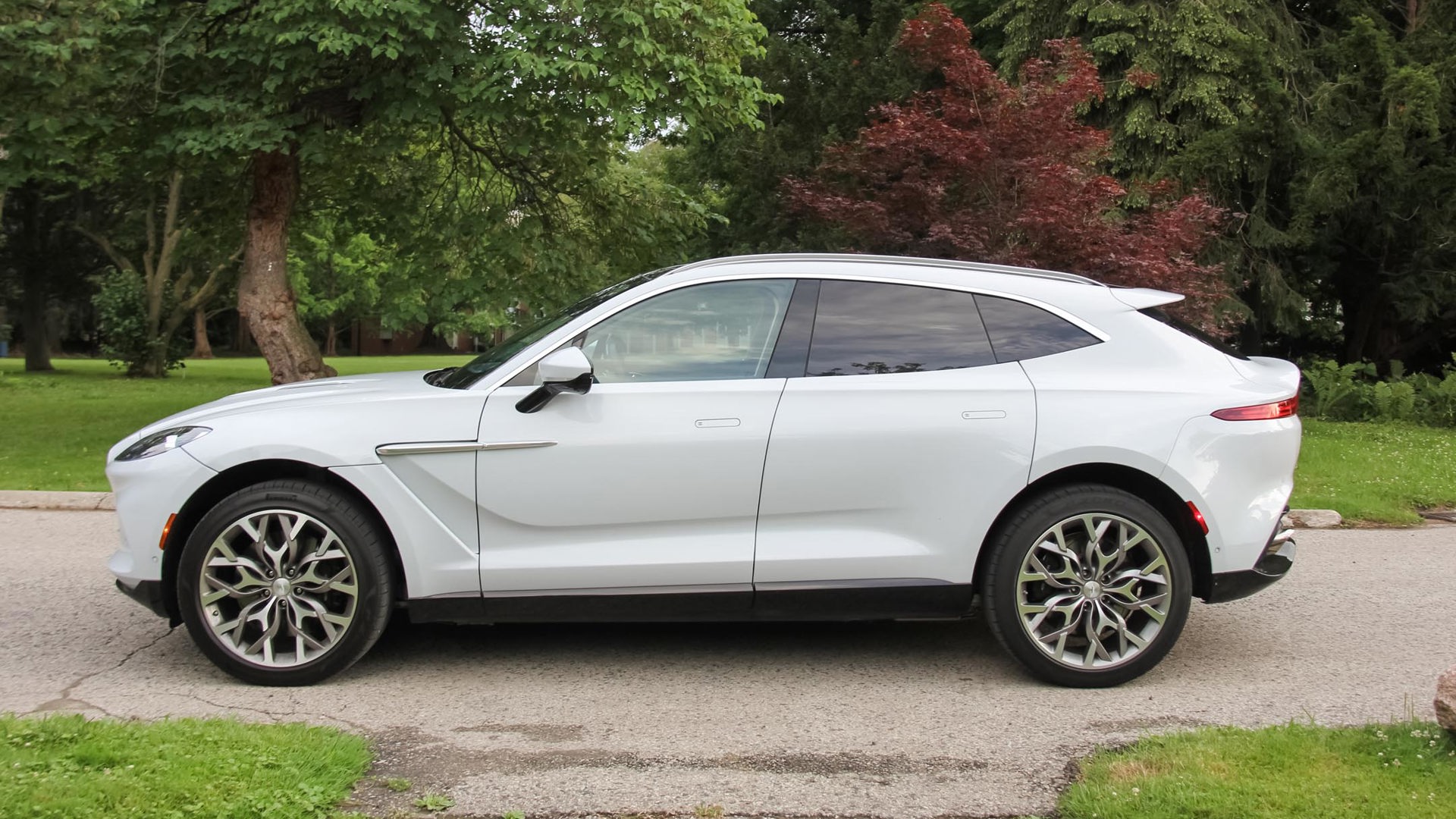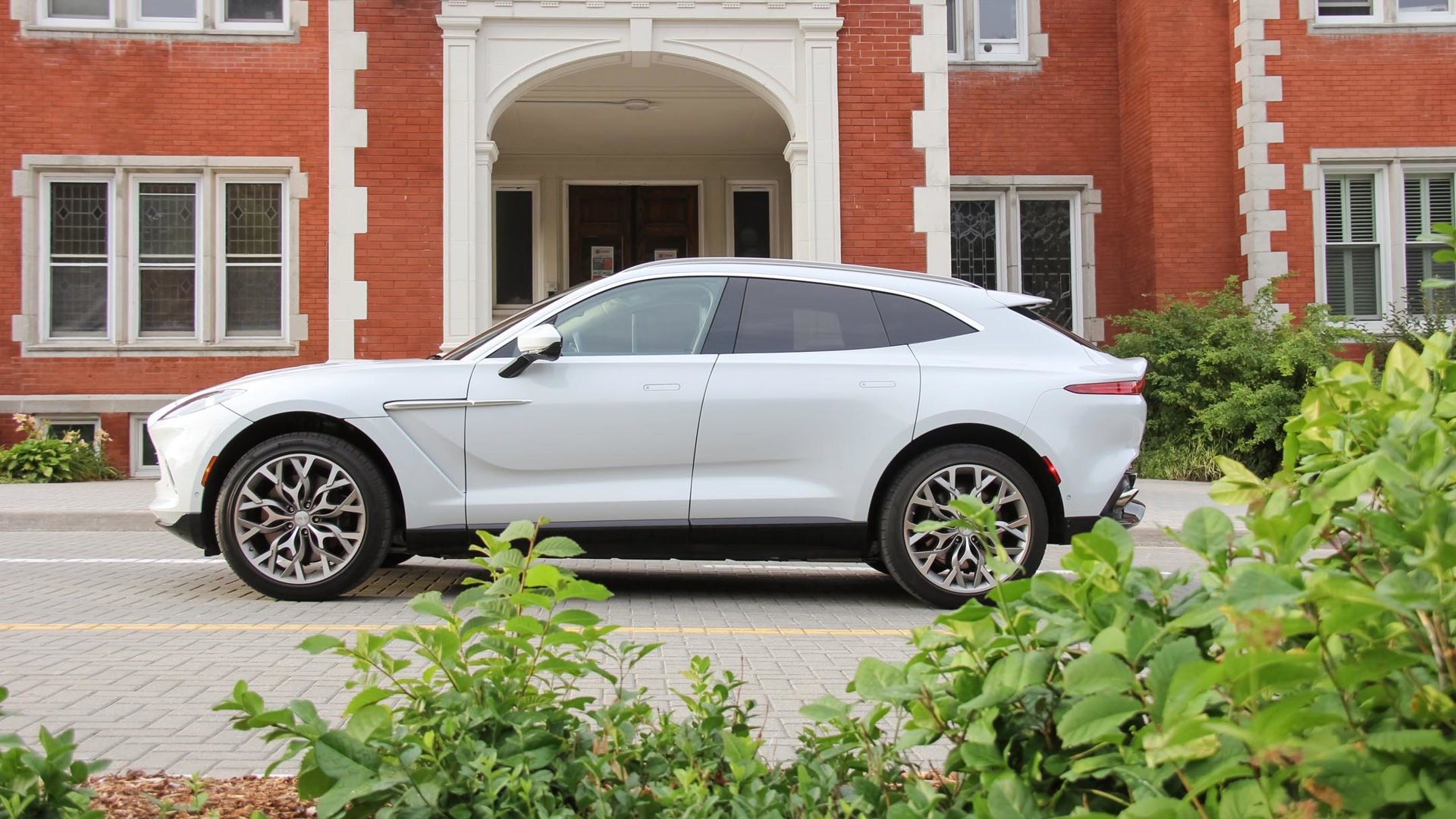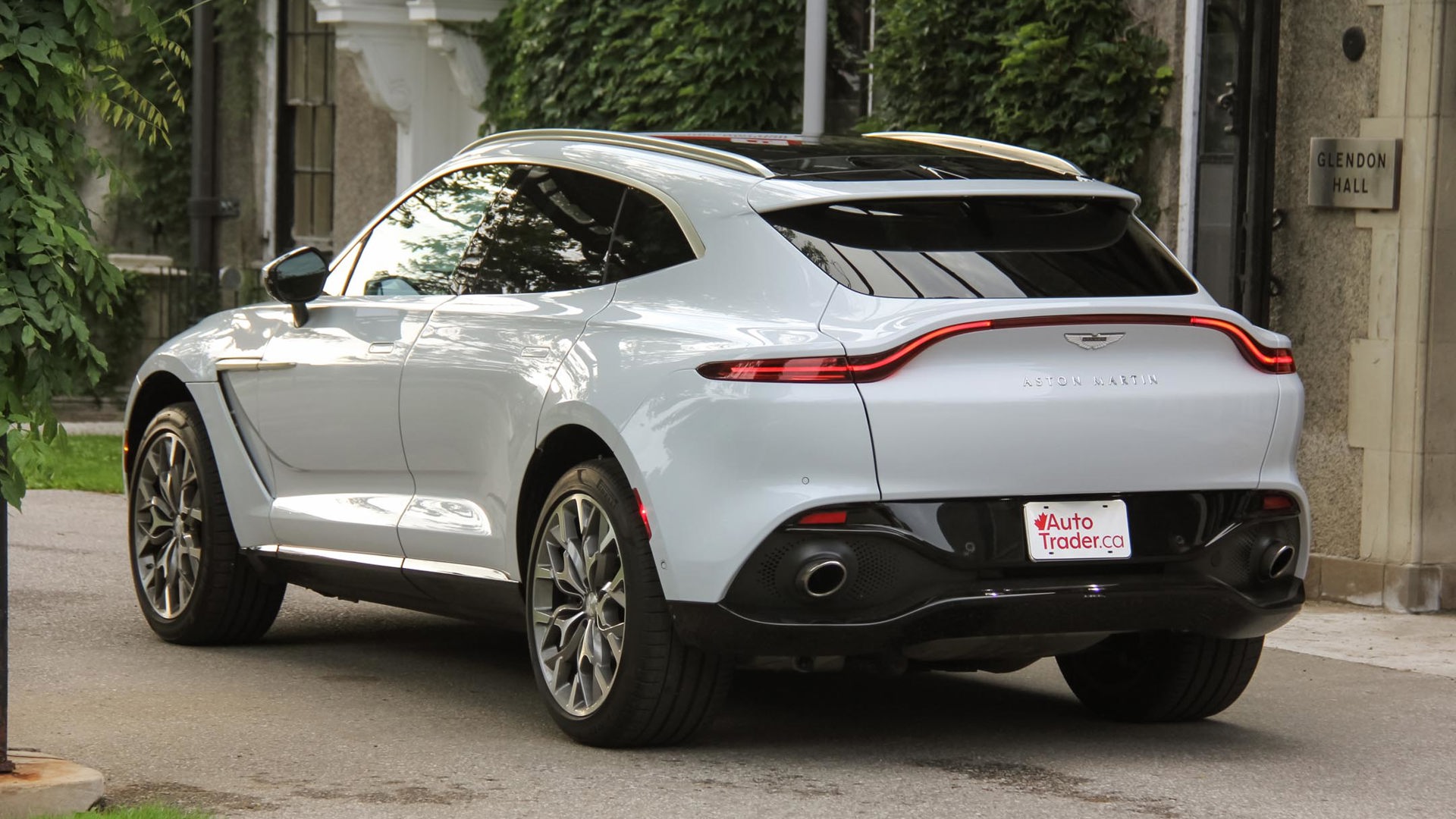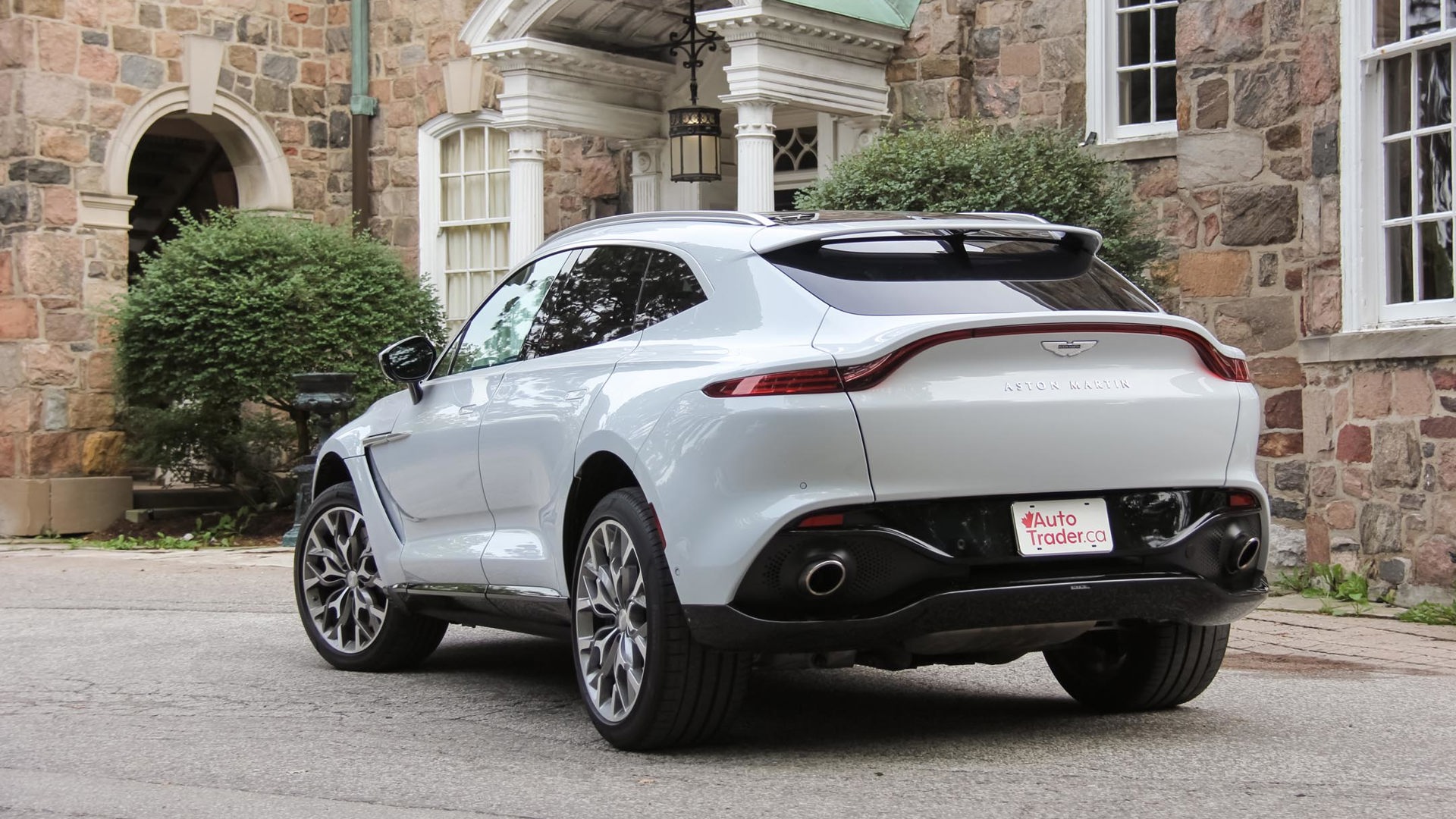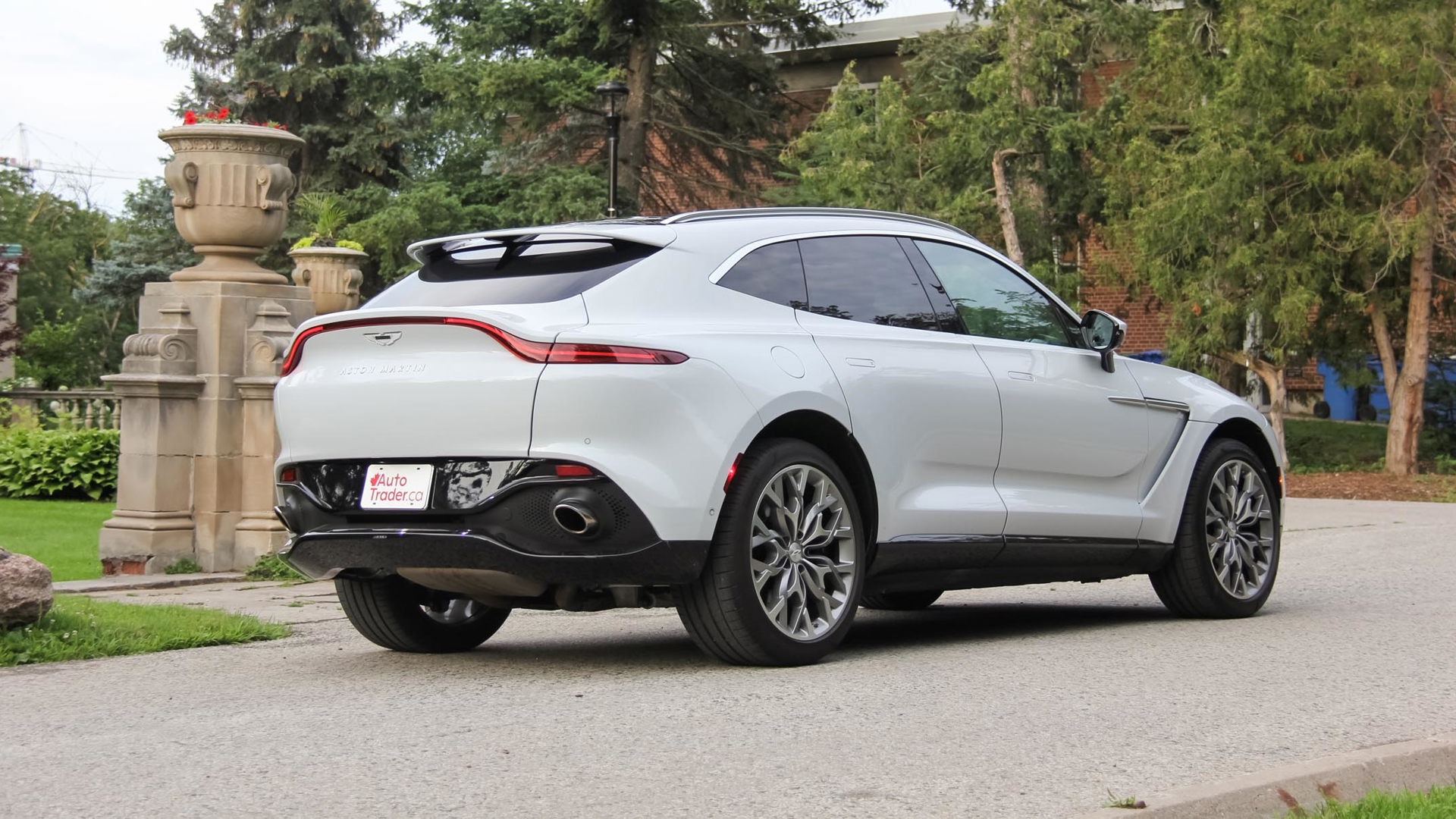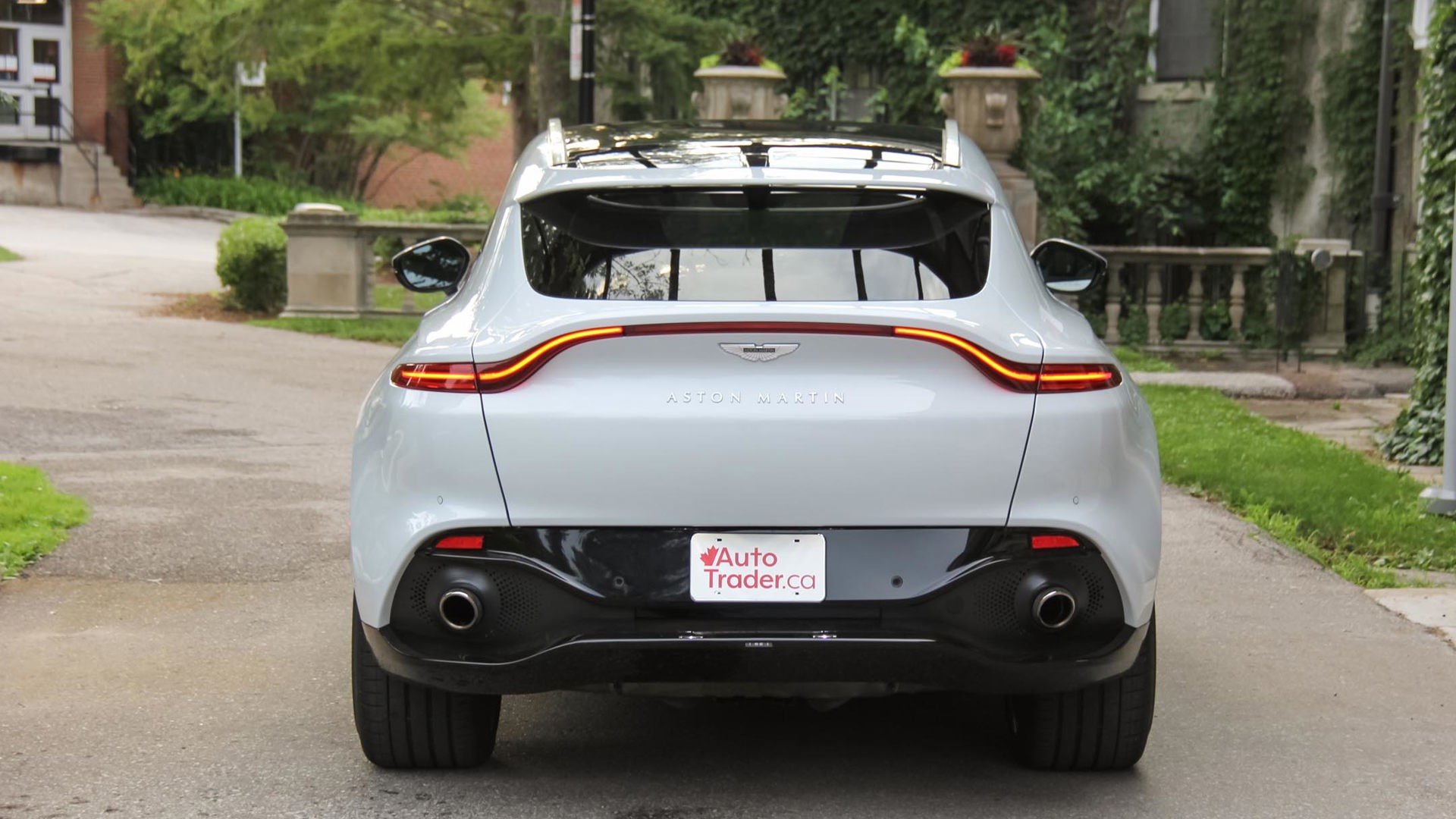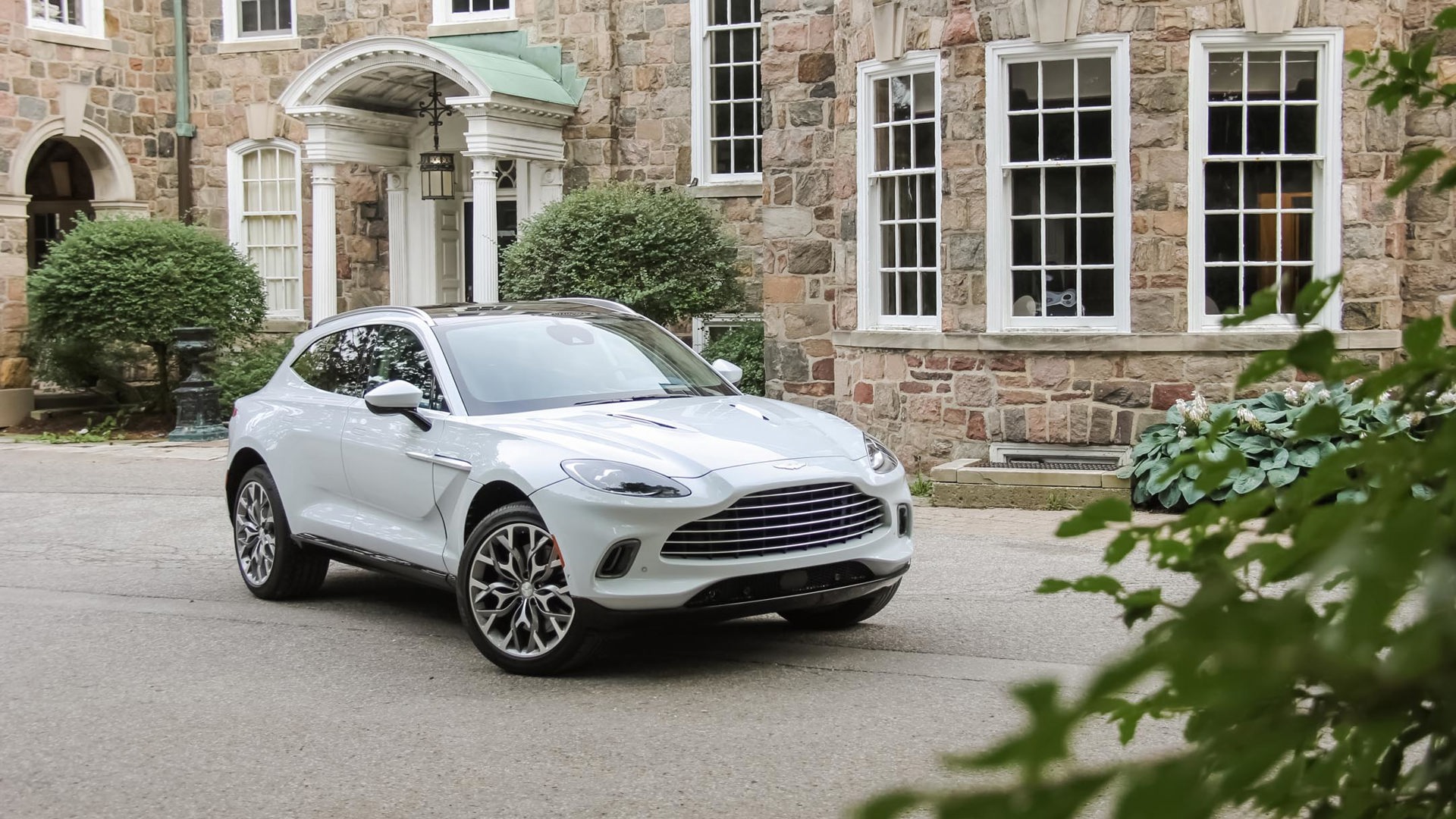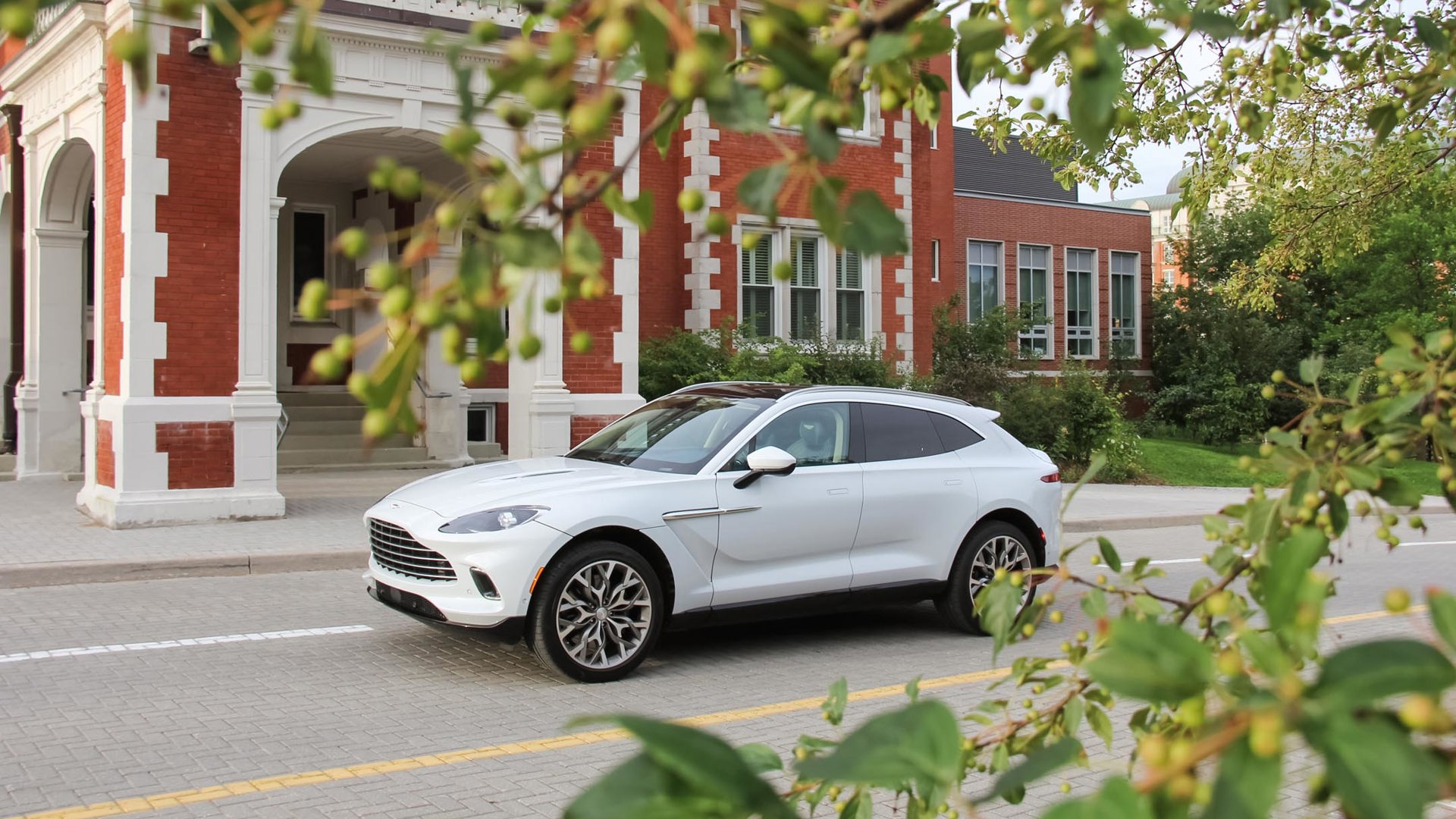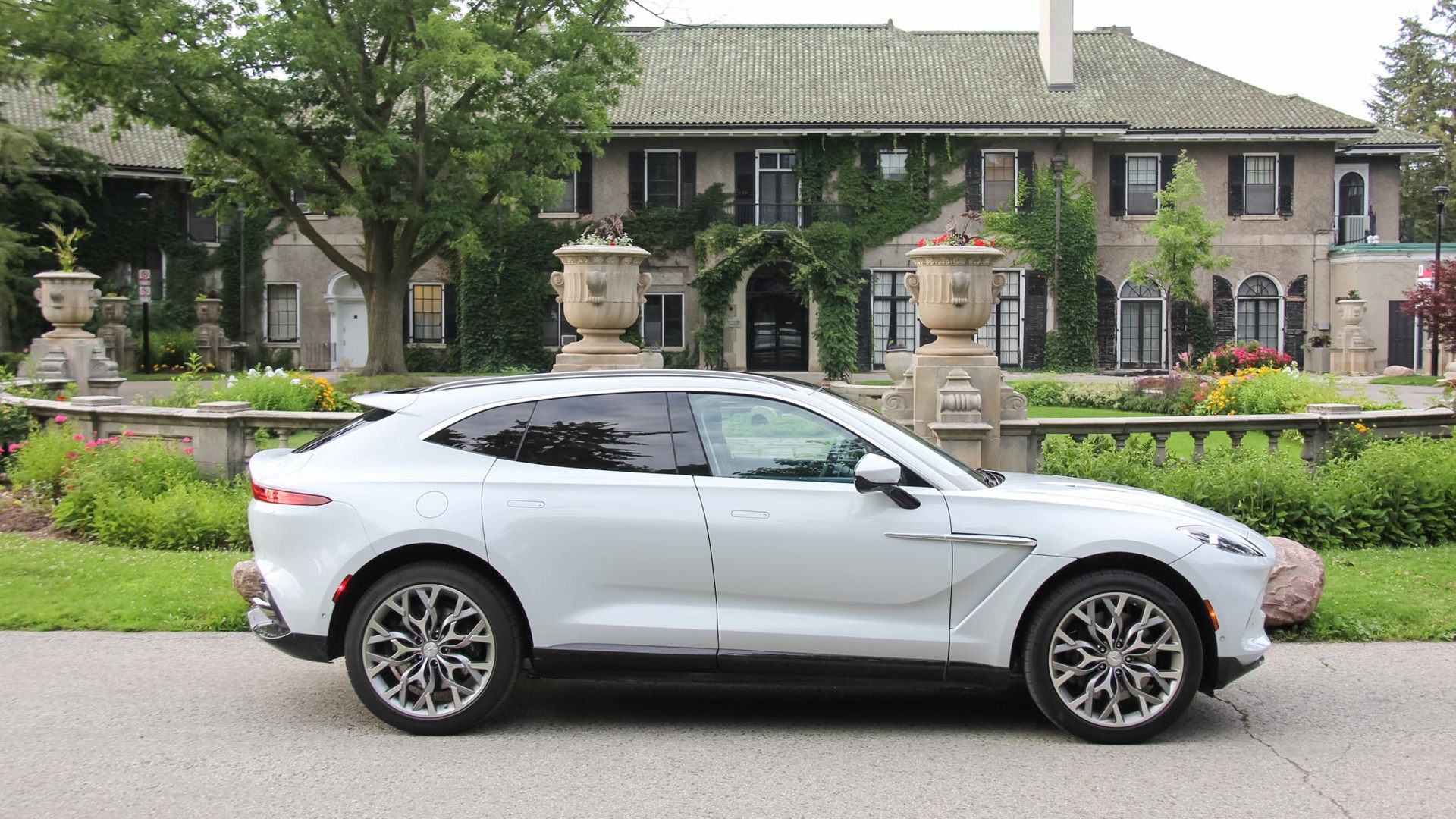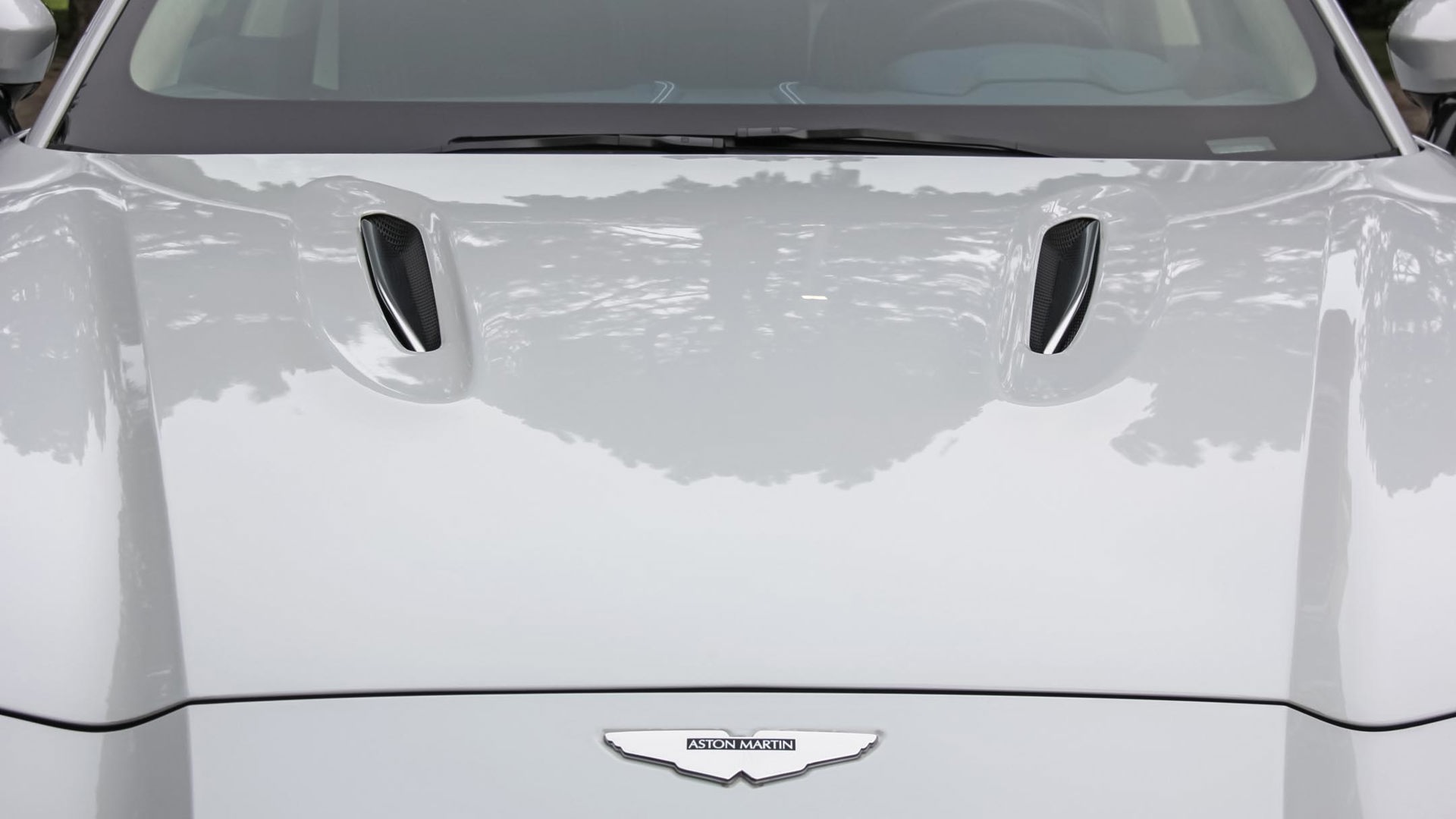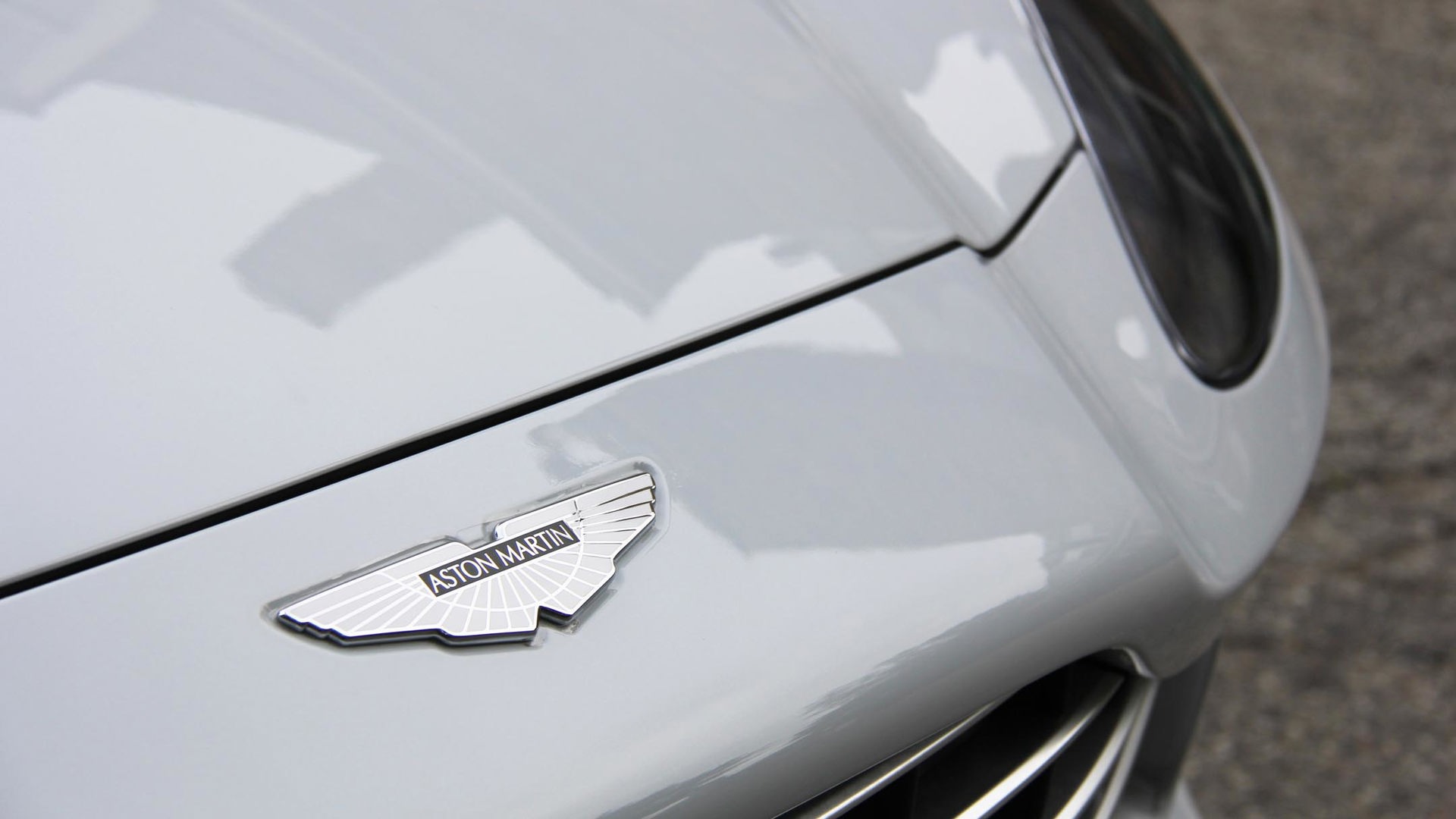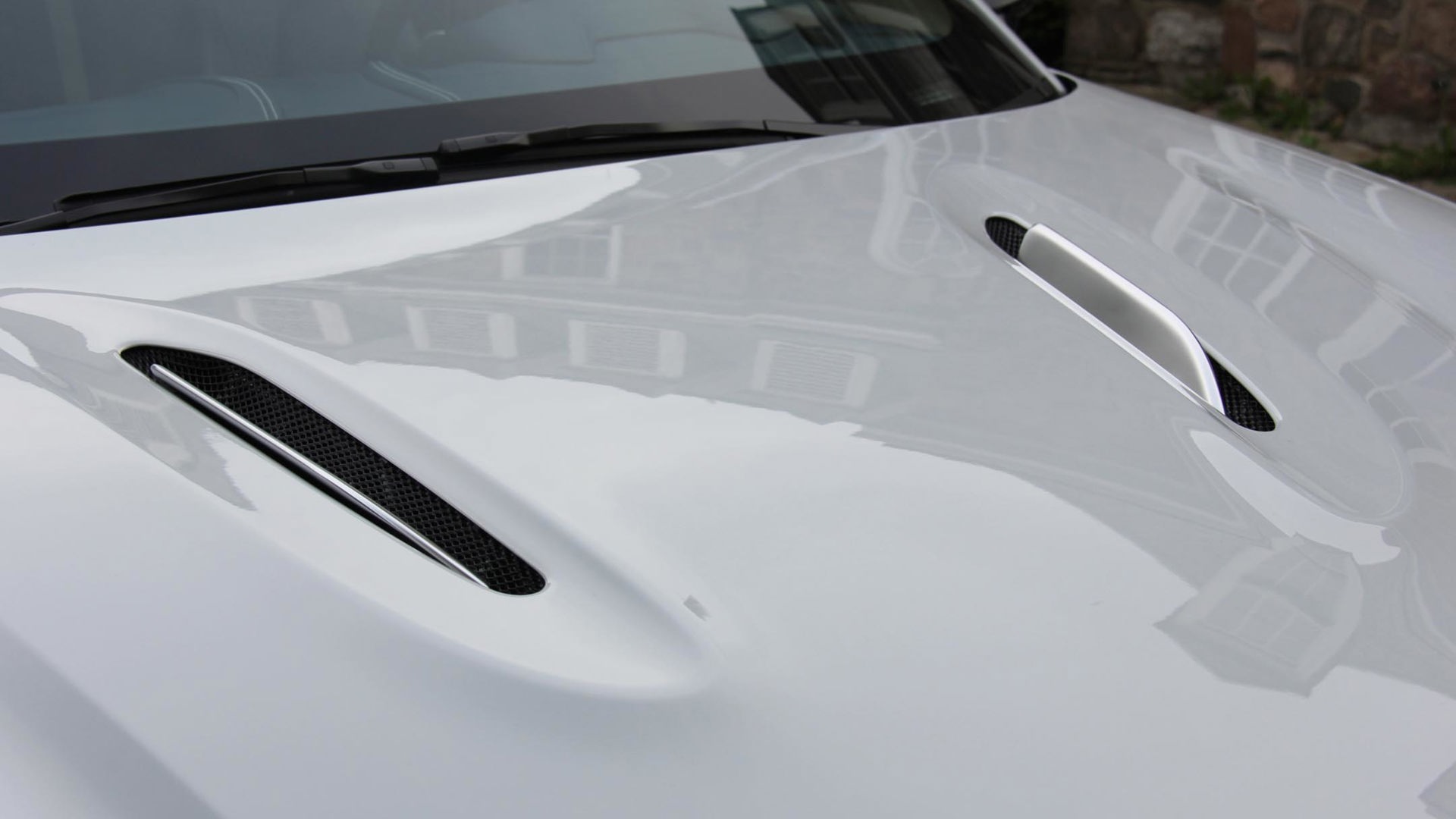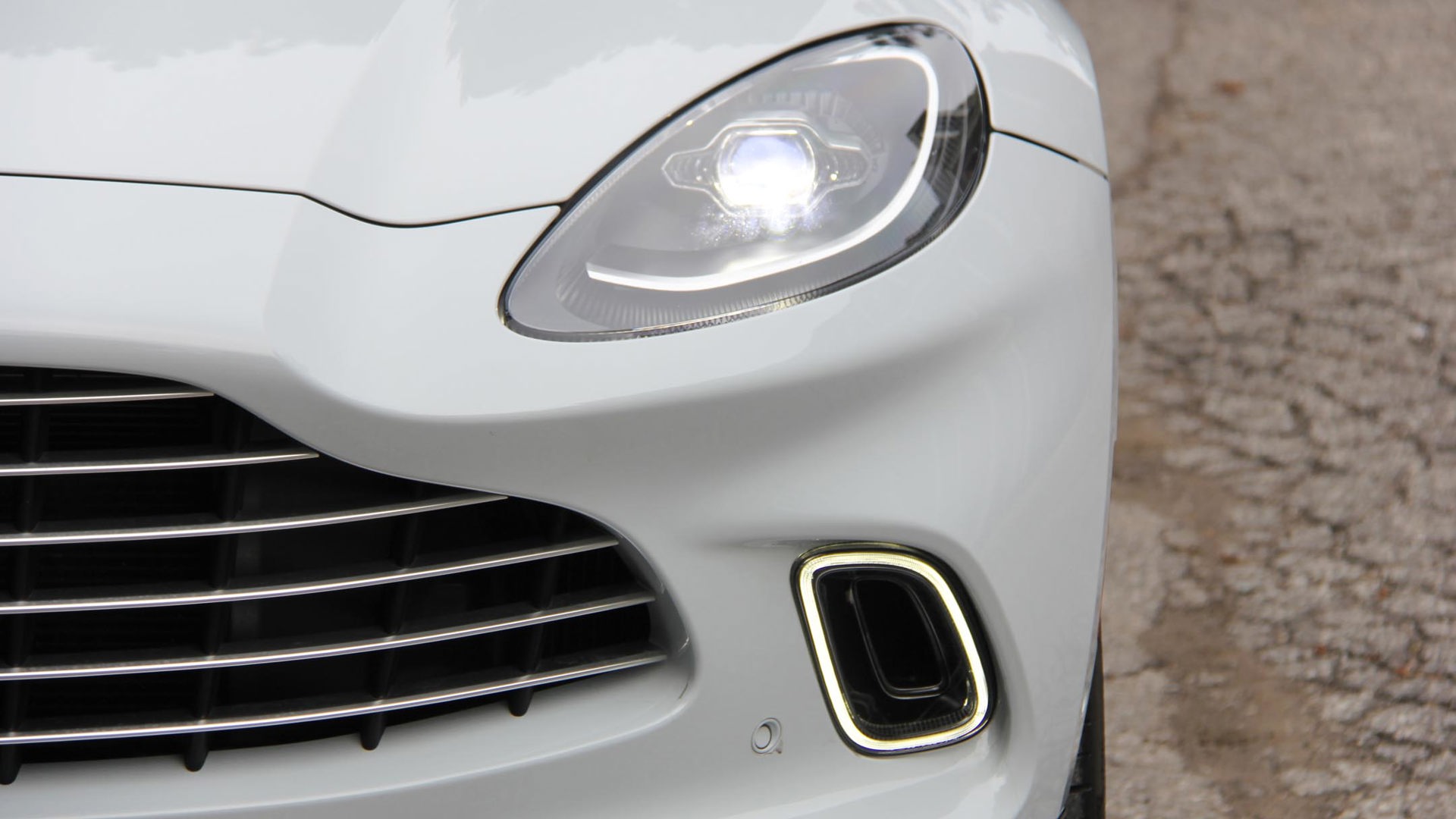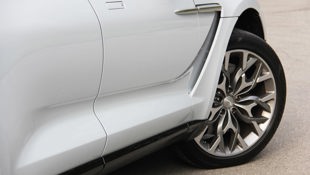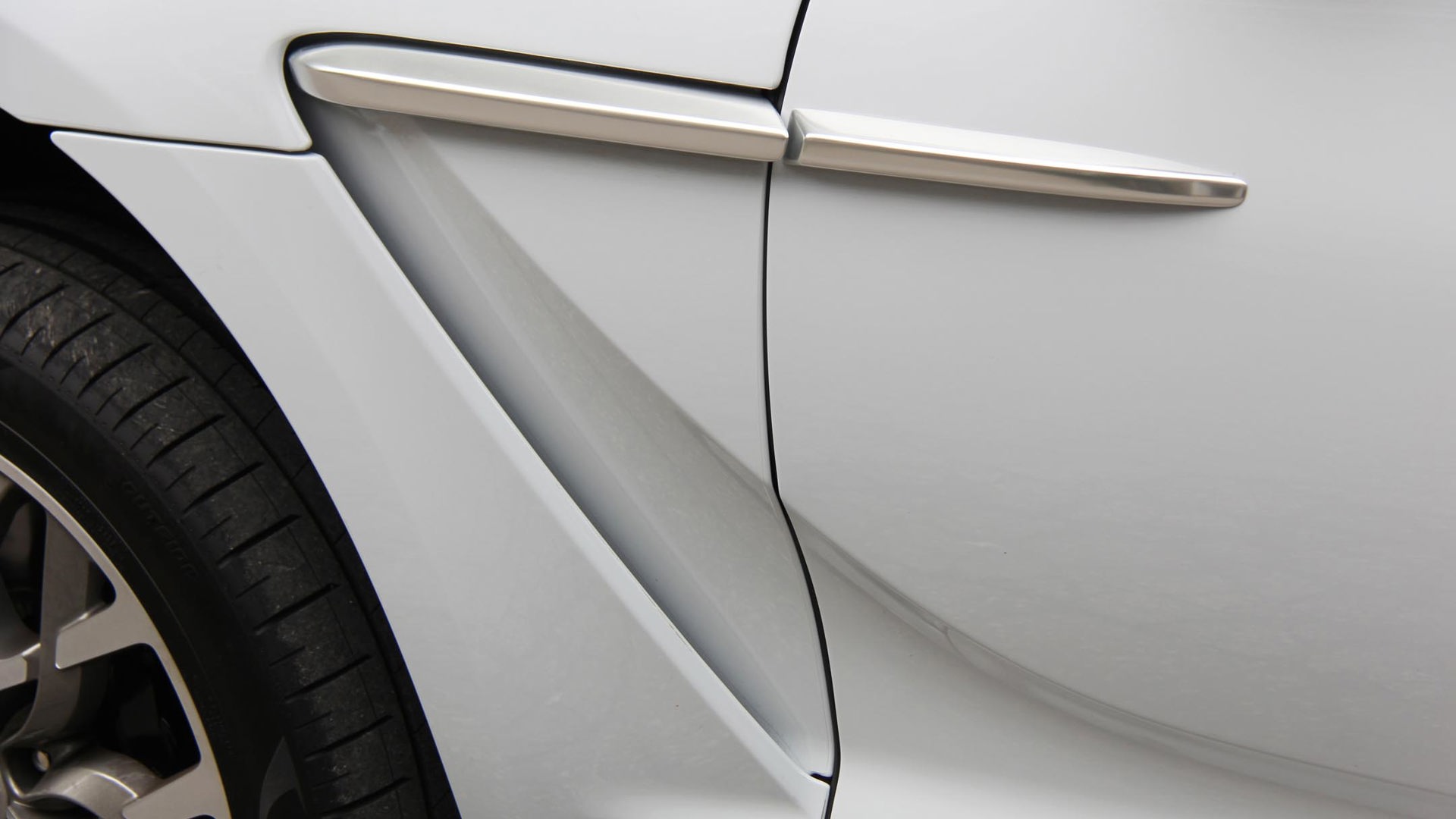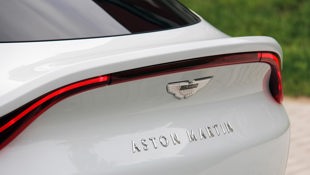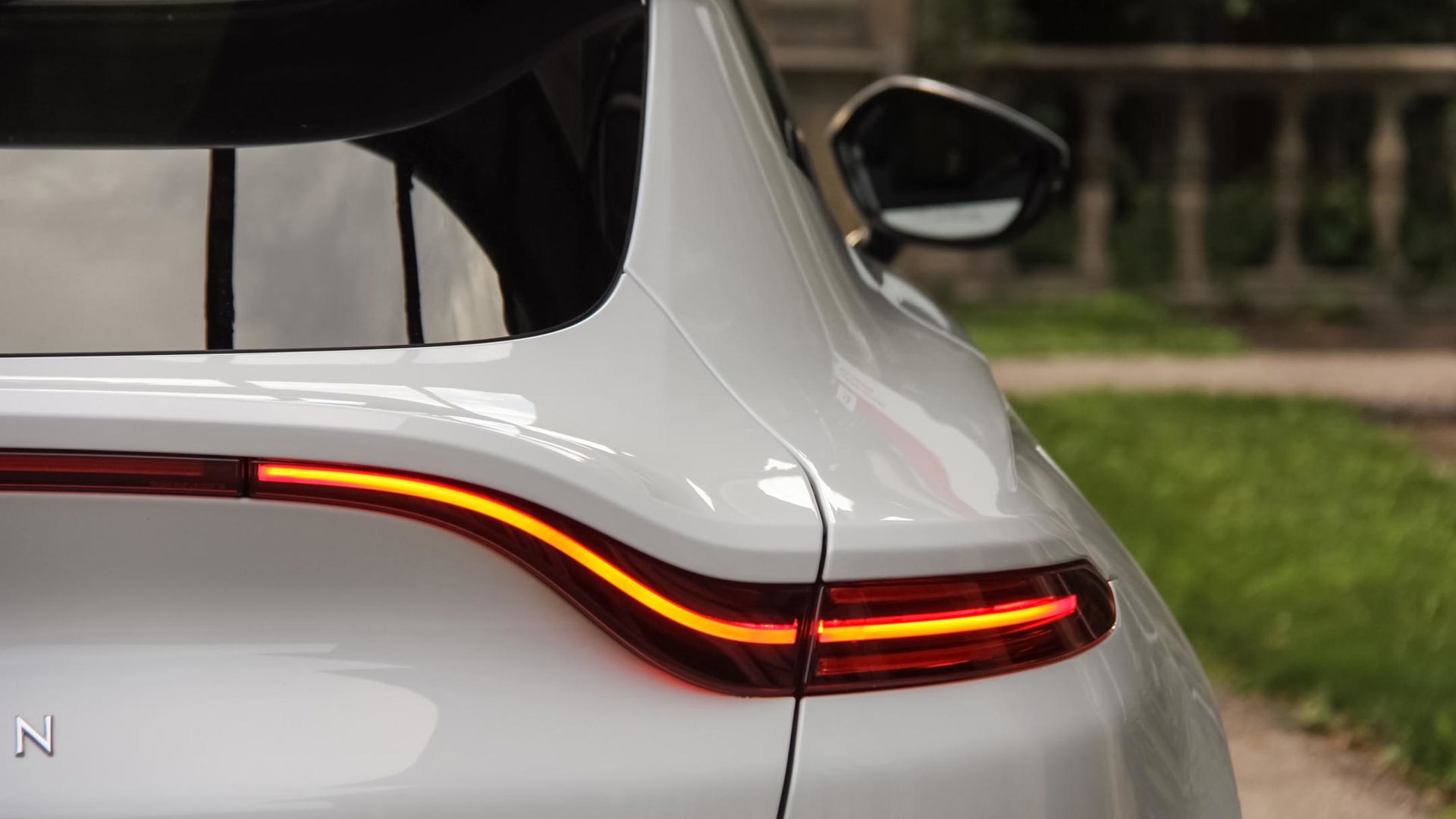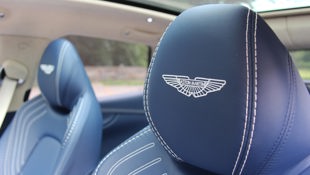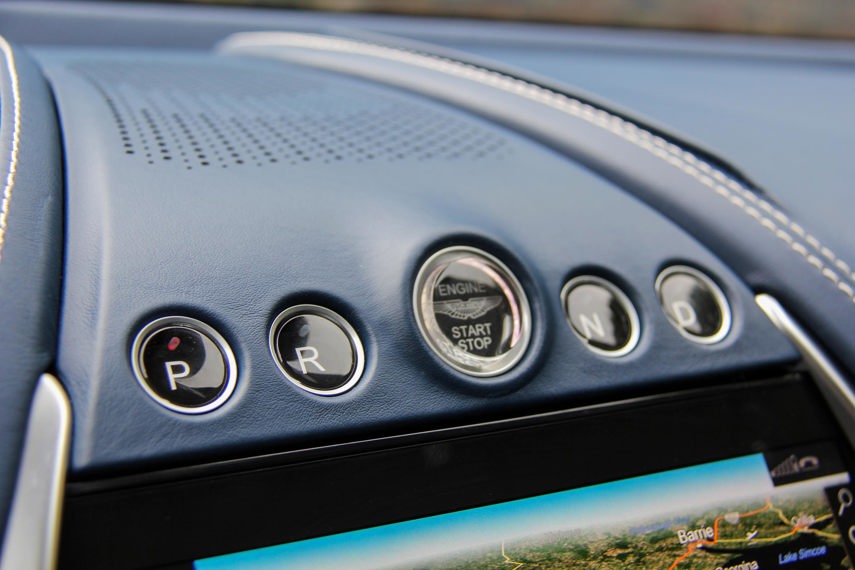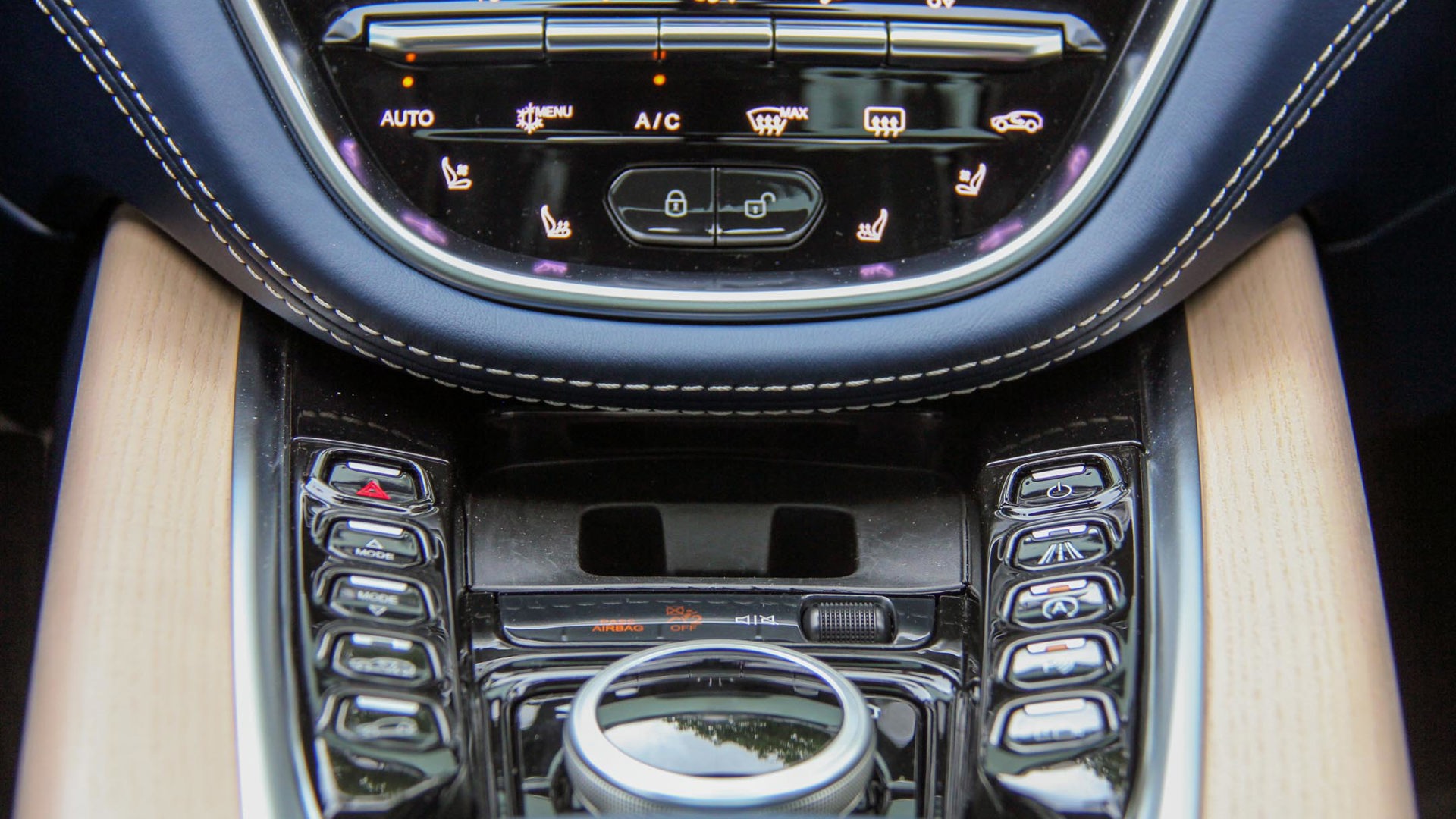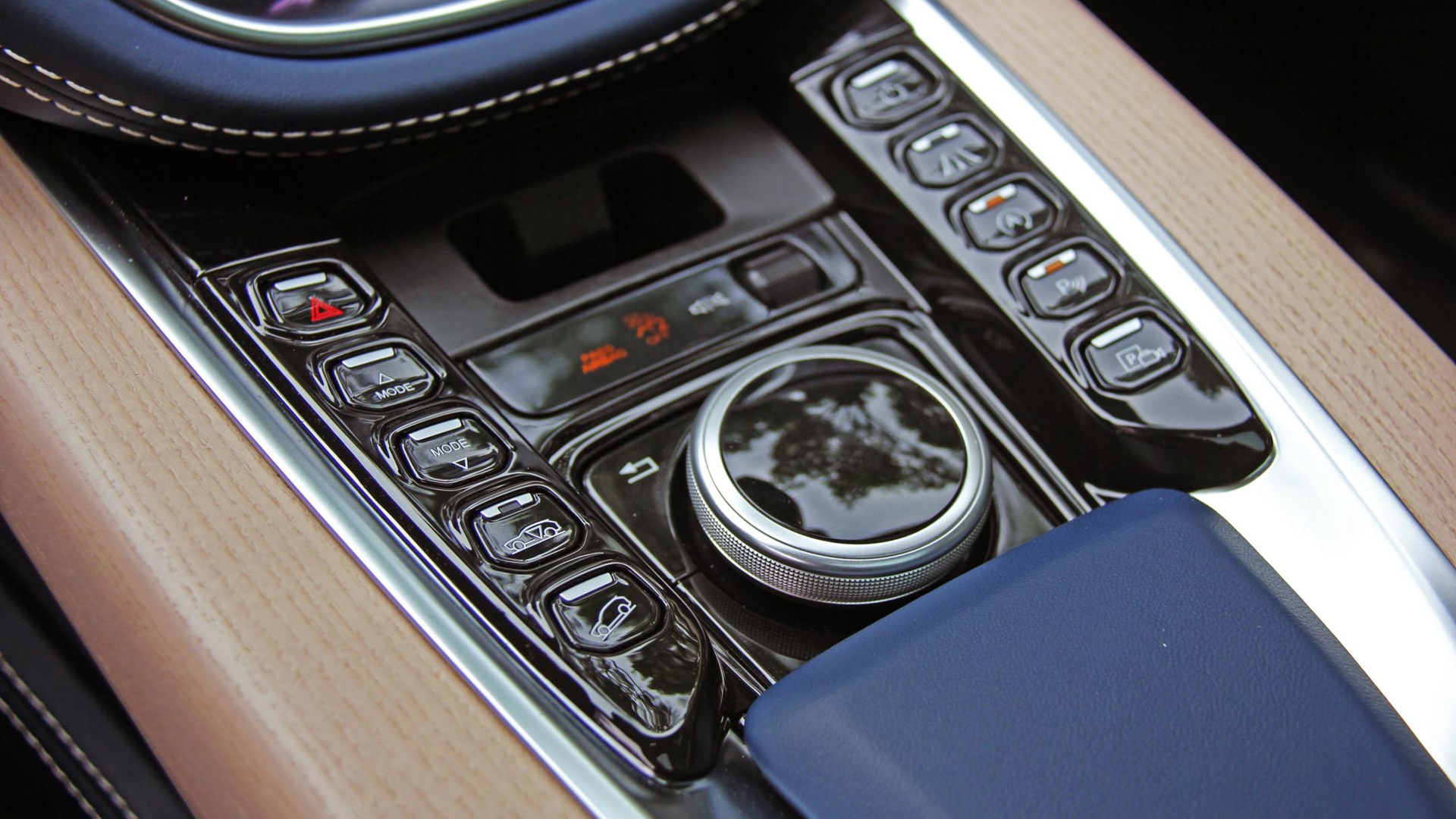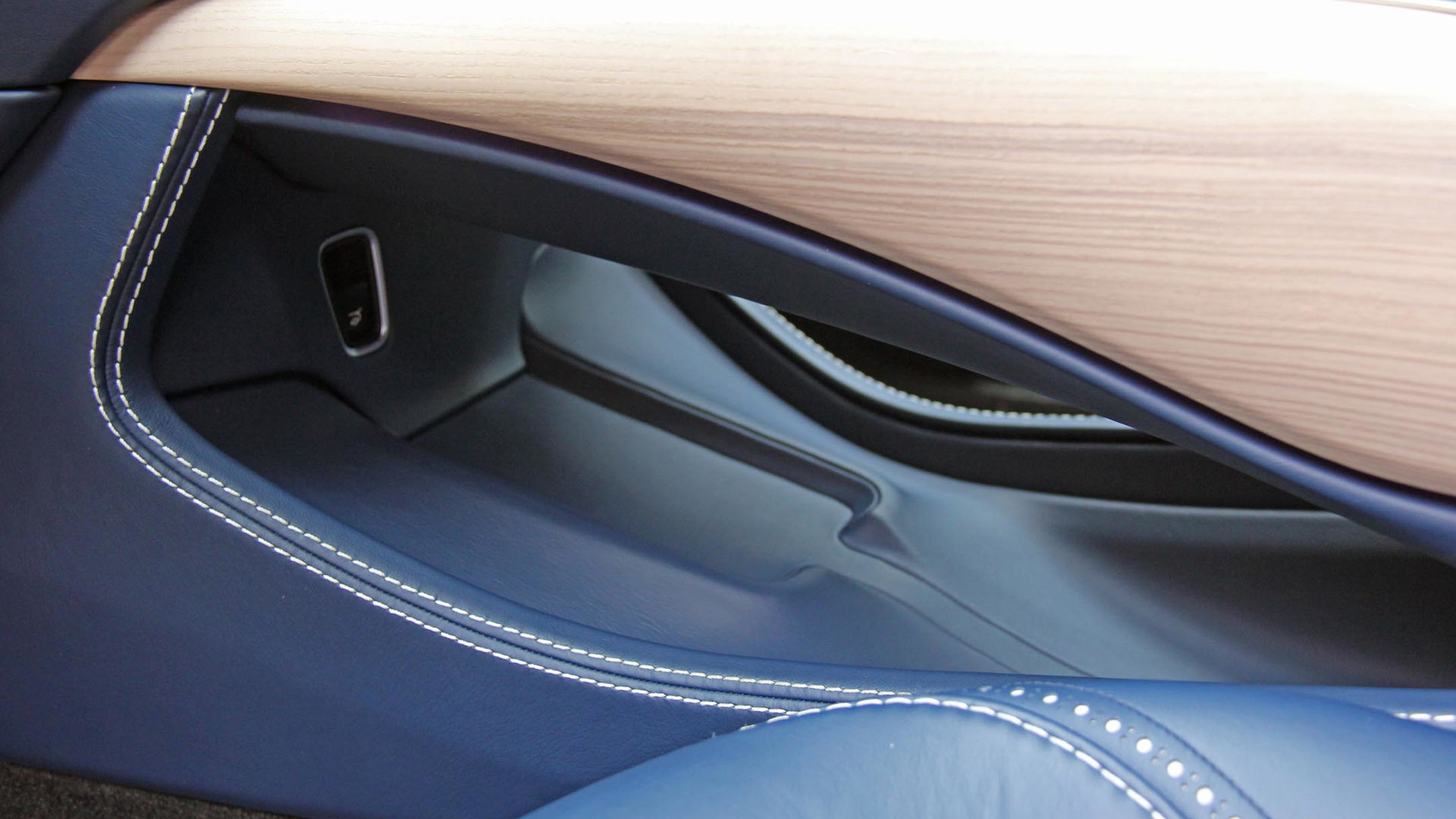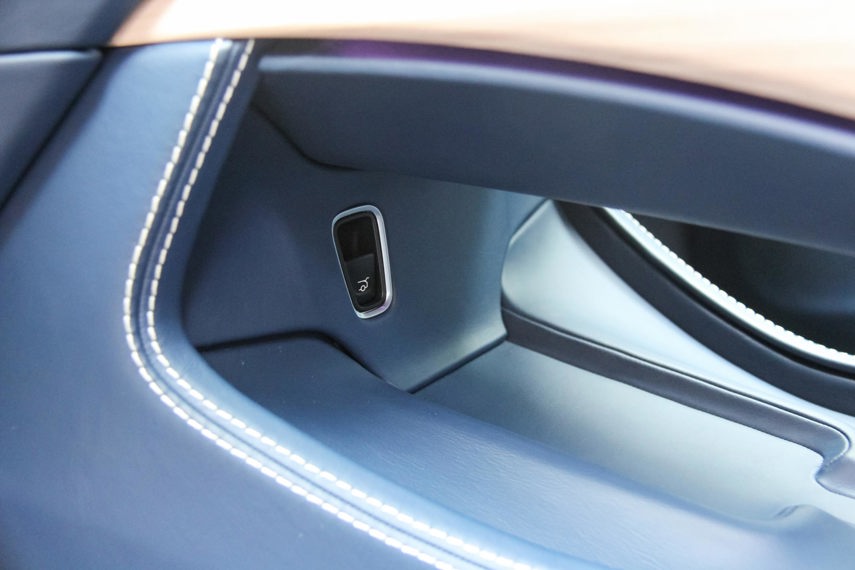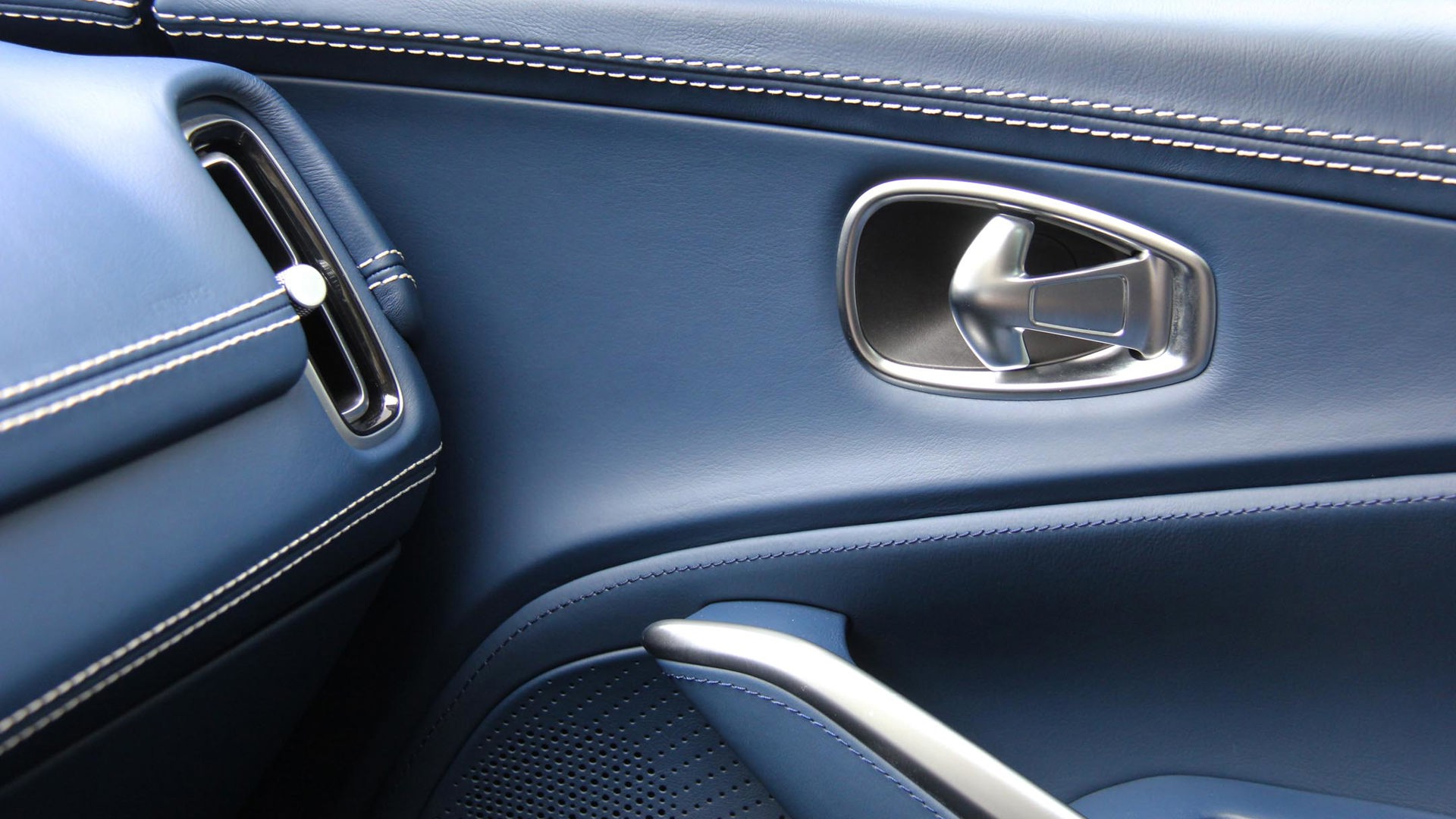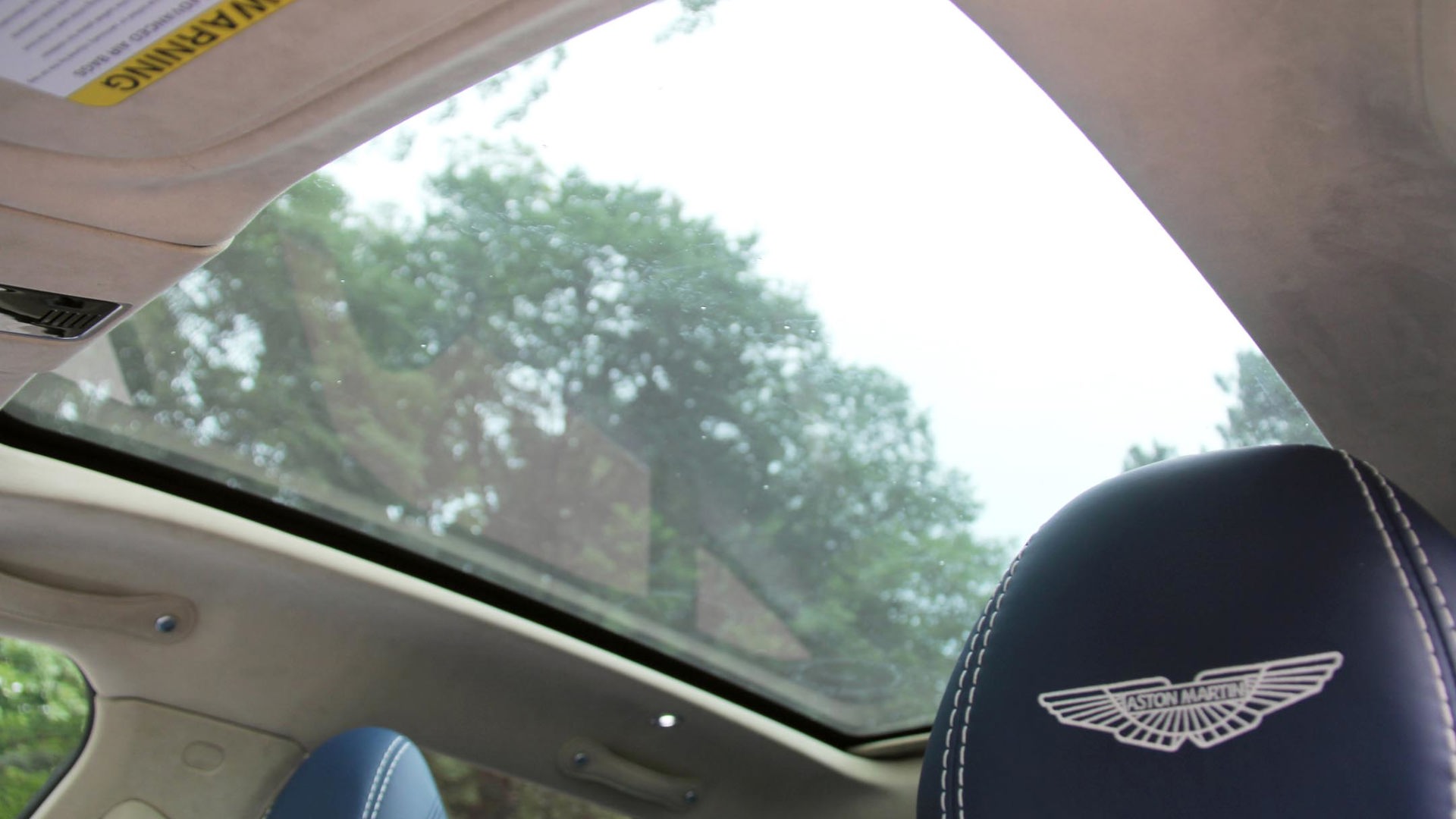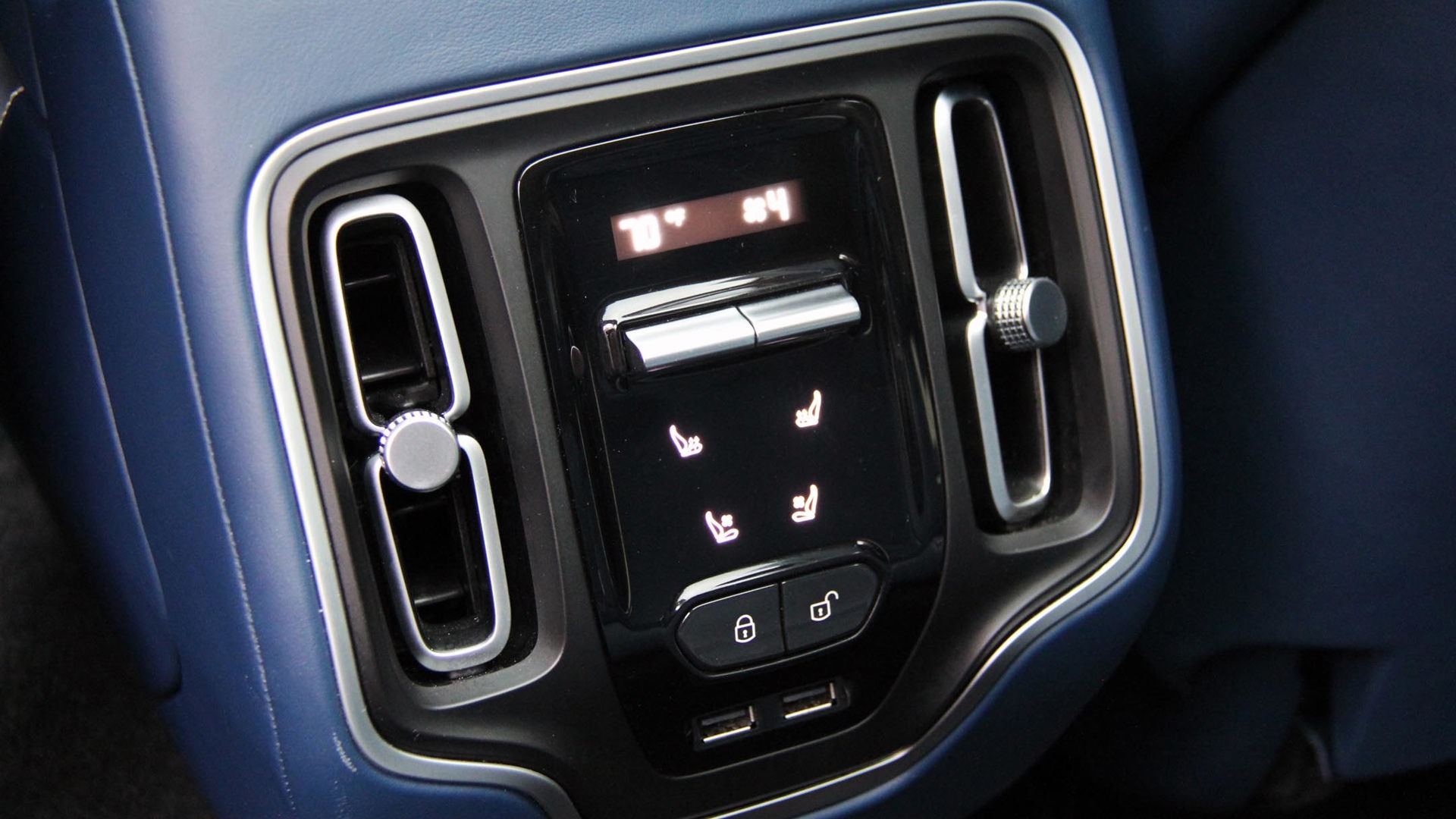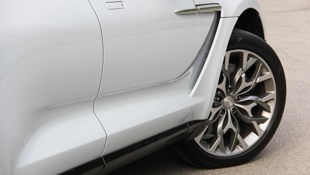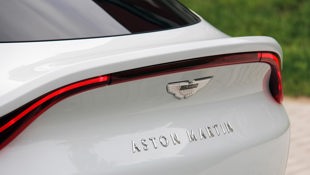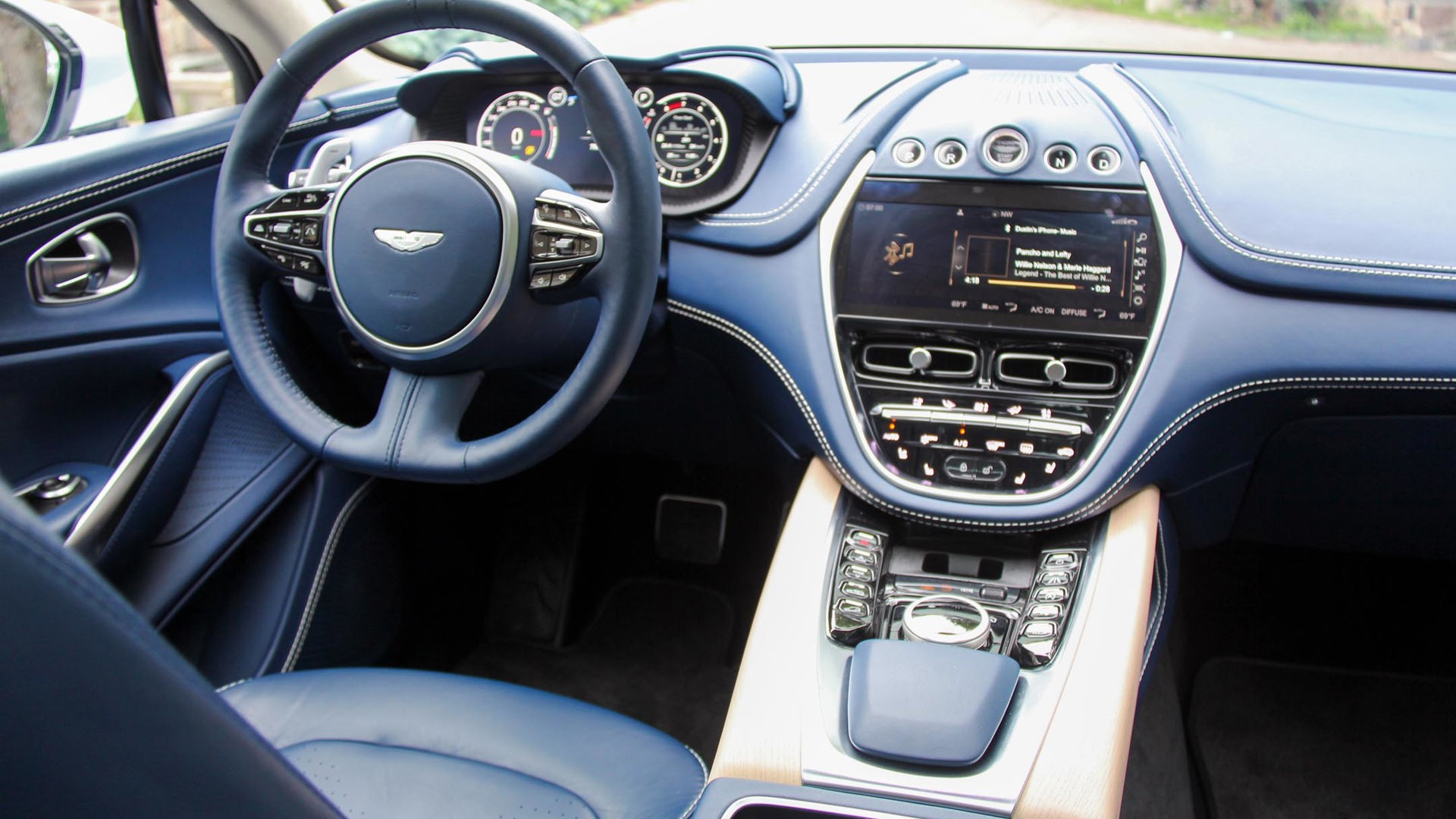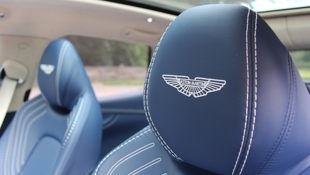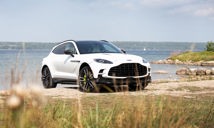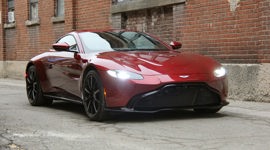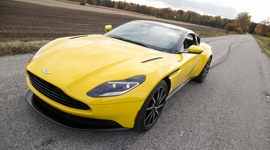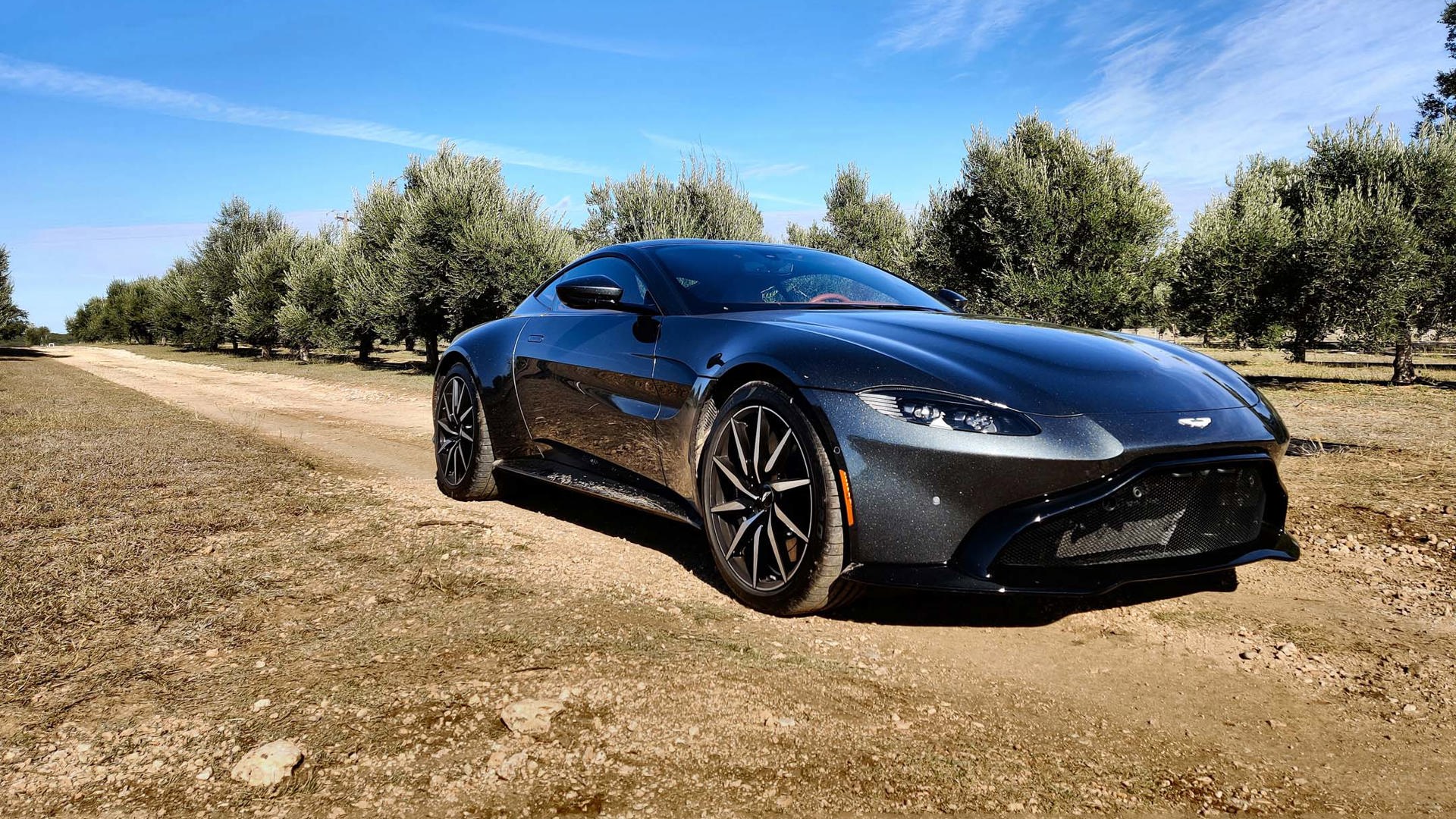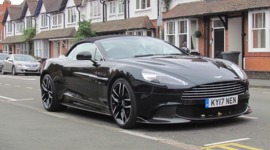Porsche made highly divisive headlines when it first announced it would be building the Cayenne back in the early 2000s.
My, how the industry – and buyers’ interests – have changed over the last two decades. Brands from BMW to Jaguar, Maserati, and even Lamborghini all offer SUVs of their own in order to appeal to a wider audience and cash in on the SUV craze.
It’s actually gotten to the point where it’s conspicuous when a brand doesn’t offer one. After 106 years in existence, Aston Martin decided to throw its hat into the ring by building its first SUV. Meet the 2021 Aston Martin DBX – a luxuriously appointed sport utility that’s dripping with all this brand is known for.
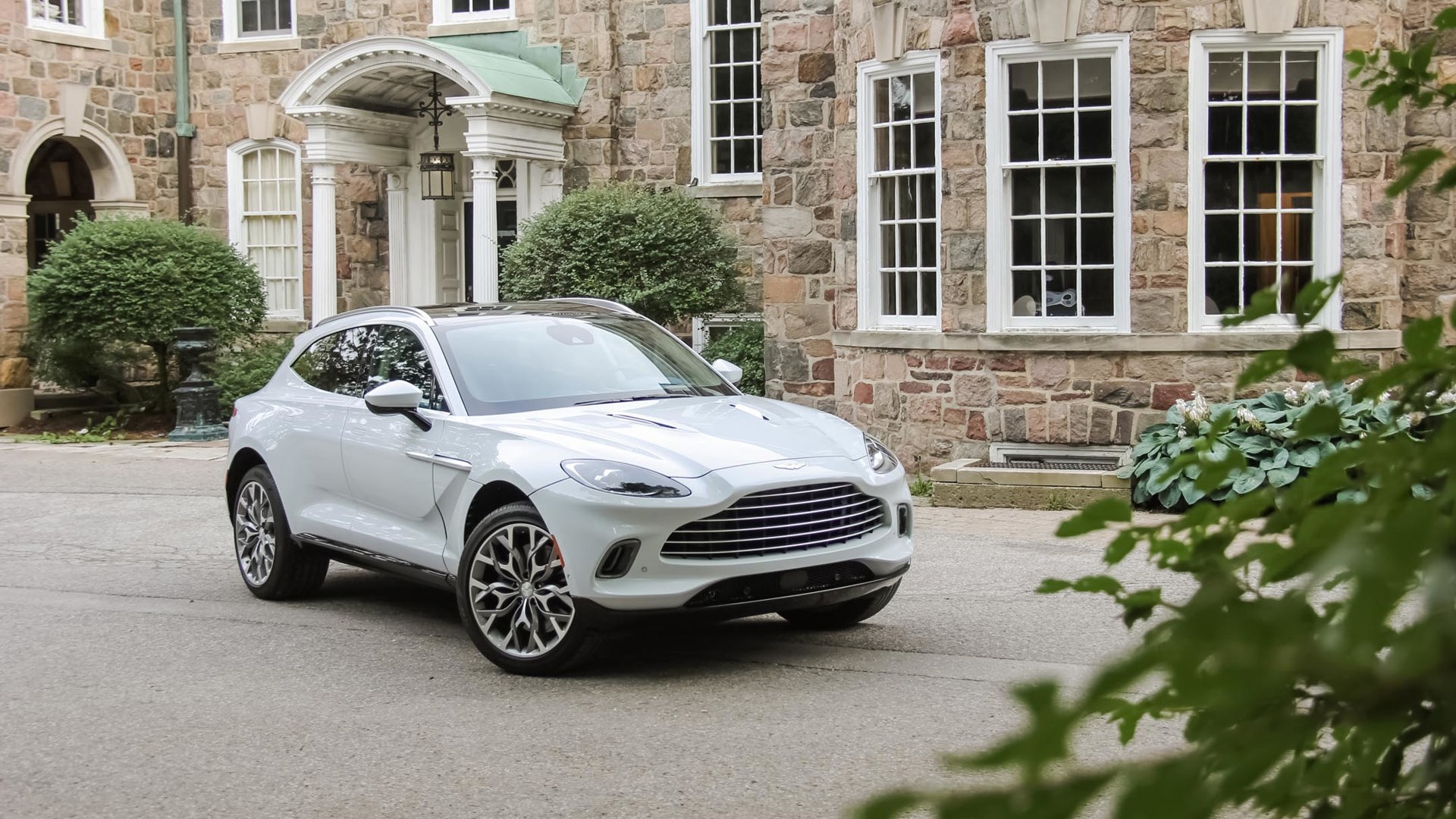
Standing Out in a Good Way
While most SUVs manage to look at least a little bit alike, the DBX distinguishes itself from the pack without coming across as flamboyant. In typical Aston fashion, styling is a symbiotic blend of elegance and athleticism.
Ford (which previously owned the company) has dipped heavily into the British marque’s design language over the years, so the nose of the DBX looks curiously like an Escape’s at first glance, but thankfully there is more than enough differentiation between them in every other regard that you wouldn’t ever confuse the two.
Sculpted front fender lines extend down the sides, the hood-mounted air vents feature brushed aluminum inserts, and the rear swooping ducktail with integrated LED lighting offer distinguishing characteristics. Then there’s the paint. A special AML colour called White Stone, pictures don’t seem to do it justice since they can’t capture the depth and brilliance of the $7,300 option.
Oh, about that. Canadian pricing starts at $203,500, but my tester was equipped with a selection of optional equipment and had an as-tested price of $240,600 before freight and taxes.
Simply Exquisite Interior
Once inside, there is no mistaking the DBX for anything else. Interior styling and quality are beyond reproach. Highly bespoke and customizable, materials are rich in colour and texture. My tester included full-grain leather seats, doors panels, carpet, and dash outfitted in a vibrant Aurora Blue, which were accentuated by contrast stitching and ambient lighting. Additional optional upgrades included Figured Olive Ash Veneer wood inserts and ivory seatbelts.
The cabin can be customized to taste and preference. Leather seating is offered in no less than 10 colours, with the option of monotone or duotone, perforated, quilted, or embossed, or accentuated with suede. The optional DB Elegance package ($5,500) featured here includes quilted and perforated leather, along with Aston Martin wings logo embroidery and Brogue detailing.
The massive panoramic sunroof lightens the mood of the cabin, or it can be covered with a suede roof blind. Door handles, buttons, and controls feel anchored and substantial.
The $3,700 Indulgence package assisted with making it easy to find a comfortable driving position by offering three-stage heated and ventilated 16-way electric front bucket seats with adjustable bolsters and lumbar support. Rear-seat occupants have an ample amount of leg- and headroom, as well as being provided with access to climate control functions and buttons for heated and ventilated seats.
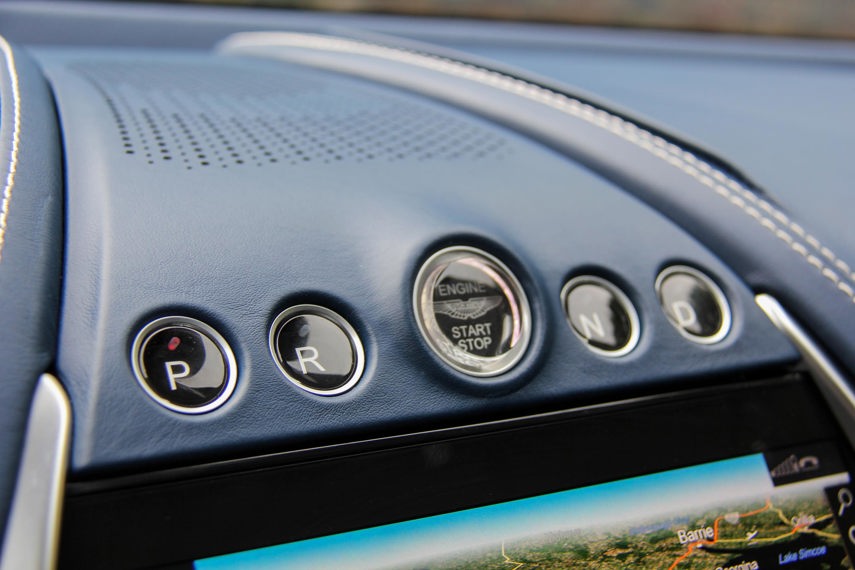
A 10.25-inch infotainment screen has been integrated into the dash, which incorporates GPS navigation, Bluetooth, audio streaming, and Apple CarPlay, as well as 360-degree camera views. The driver also gets a 12.3-inch display where they can scroll through a variety of information. Being a relatively small boutique automaker, electronics and infotainment are sourced through Aston’s partnership with Mercedes-Benz.
The cargo compartment offers sufficient space for belongings, and the rear seats can be folded to offer even more. Cargo capacity is 632 L with the rear 40/20/40-split folding seats up and 1,530 L with them folded down, which is only slightly less than the Maserati Levante’s total cargo capacity but more than that of the Porsche Cayenne Turbo GT and Mercedes-Benz Maybach GLS 600.
The only minimal gripes I can assert from the Aston’s interior are that a heated steering wheel isn’t offered as standard equipment and that the rear hatch release feels like a bit of an afterthought as it is tucked inconveniently under the floating centre console.
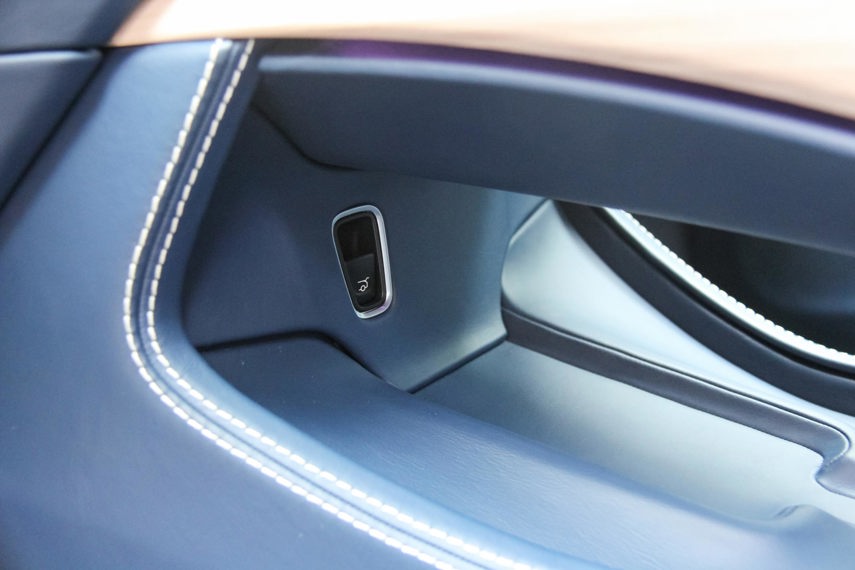
Plenty of Performance – and Towing, Too
As is the case with other Aston models, including the V8 Vantage and DB11, the twin-turbocharged 4.0L V8 and nine-speed transmission are also sourced from Mercedes’s AMG performance division. Pushing the dash-mounted starter button rewards your ears with a throaty bark before settling into a deep rumble. Aston changed the cylinder firing order and added active exhaust to create a distinctive, more enthusiastic tone under load – particularly in sport and sport+ modes, which make adjustments to the differentials, gear selection, air suspension, and stability control settings. It’s more understated at startup and idle than the Maserati Levante Trofeo and Lamborghini Urus, which are both keener to attract attention, wanted or not.
The powerplant is good for 542 hp at 6,500 rpm and 516 lb-ft of torque as early as 2,000 rpm. Despite weighing 2,245 kg (4,940 lb) and having ample seating for five (a first for Aston Martin), the DBX is able to achieve a zero to 100 km/h sprint in a mere 4.5 seconds. It also boasts a 2,700-kg (5,940-lb) towing capacity, which is the same as a Levante but less than the Urus, which is rated at 3,175 kg (7,000 lb). A breather pipe was added to the electronic rear differential specifically for reversing into water to launch a boat.
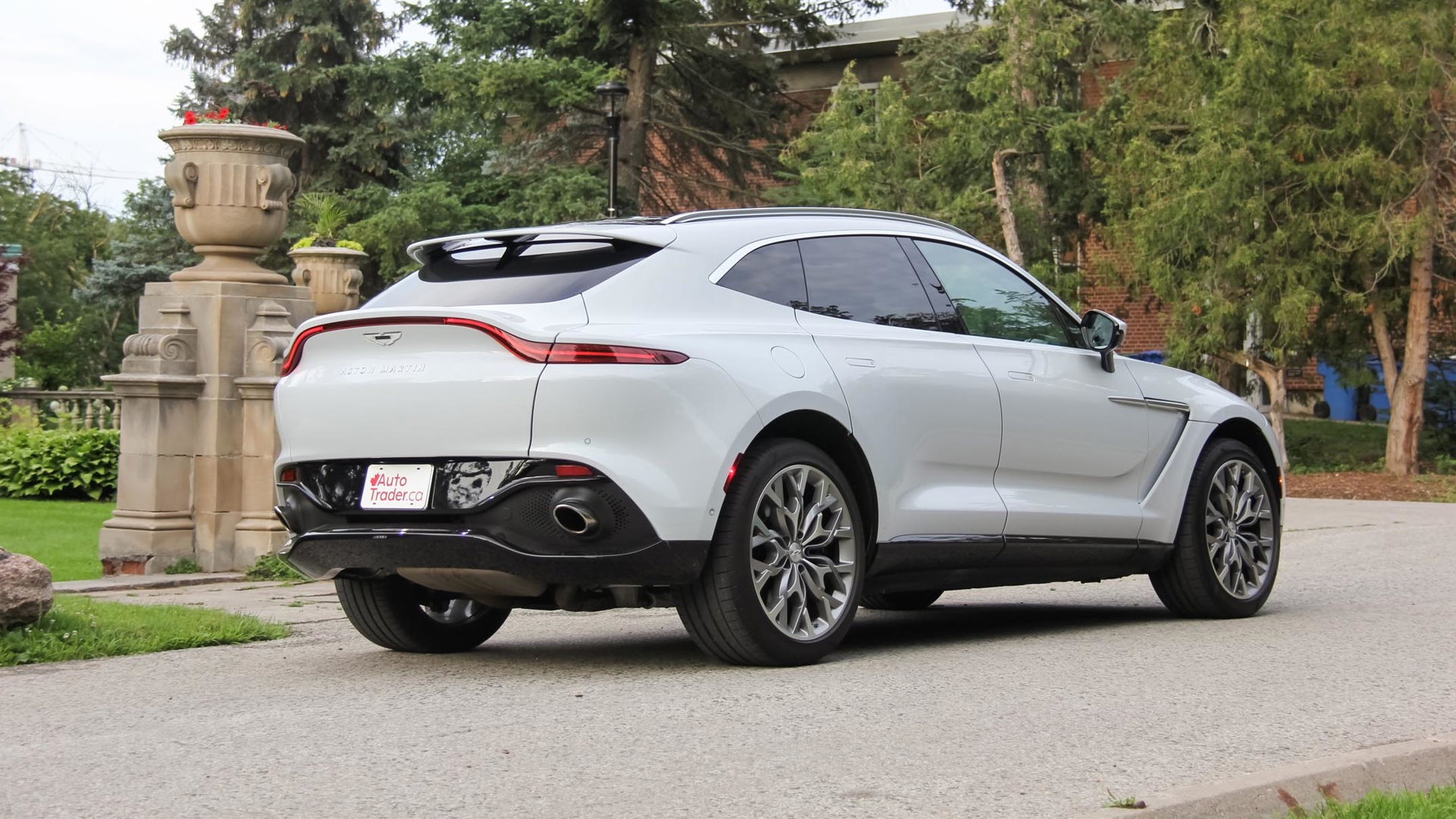
The Cost of Performance is Fuel Consumption
That performance comes at a cost in the form of premium fuel. The DBX is rated at 17.1 L/100 km in the city, 12.8 on the highway, and 15.2 combined, which is virtually the same as the Levante Trofeo, although I experienced slightly higher numbers than that in both models. As is the case with the Lamborghini Urus, the DBX is only offered with a 4.0 L V8, but it manages to do better than the Lambo’s combined fuel economy rating of 16.9 L/100 km.
Off-road Prowess
Admittedly, I did not venture off-piste in the DBX, but I’m going to hazard a guess that most owners won’t, either. Given the nature of the vehicle, it’s far more likely to be used for accessing a cottage trail than rock crawling. It does, however, have off-road driving modes, as well as a hill descent mode. In addition to its 235-mm (9.3-in) ground clearance, it also boasts 25.7-degree approach, 27.1-degree departure, and 18.8-degree breakover angles. Offering a rear-drive bias through its limited-slip differential, the transfer case sends power to the front axle if it detects a loss of traction.
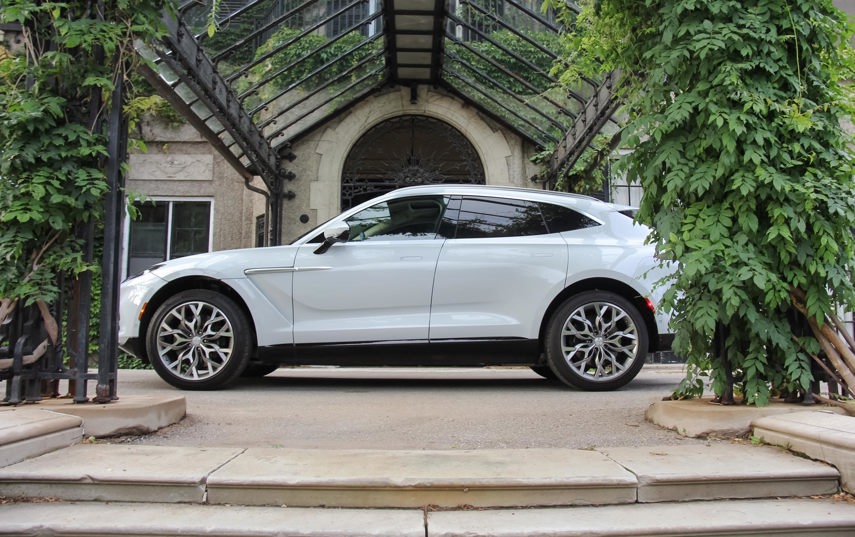
Dynamic or Rugged – You Decide
The suspension features an electric anti-roll control system that keeps it feeling planted. It also offers a range of versatility through its ability to raise the ride height by 45 mm (1.8 in) or lower it by 50 mm (two in) in order to navigate challenging terrain or hunker down for improved handling and aerodynamics. It also features a tight turning radius and torque vectoring to navigate turns effectively at a variety of speeds.
Despite its stature and alleged off-road chops, the DBX doesn’t feel ungainly. Unlike many SUVs, braking actually inspires confidence rather than anxiety thanks to 410-mm (16.q-in) ventilated discs and six-piston callipers in the front and 390-mm (15.4-in) discs in the rear. Thanks to the air suspension and electronically adaptive dampers, the ride is supple and serene, yet somehow it still manages to feel sporty when it needs to be. The 22-inch alloy wheels are wrapped in Pirelli P Zero performance rubber, meanwhile.
Plenty of Standard Safety Equipment
The DBX comes with the passive and active safety technology one would expect in this segment, including blind-spot monitoring with rear cross-traffic alert, lane-keep assist, and autonomous emergency braking with pedestrian detection.
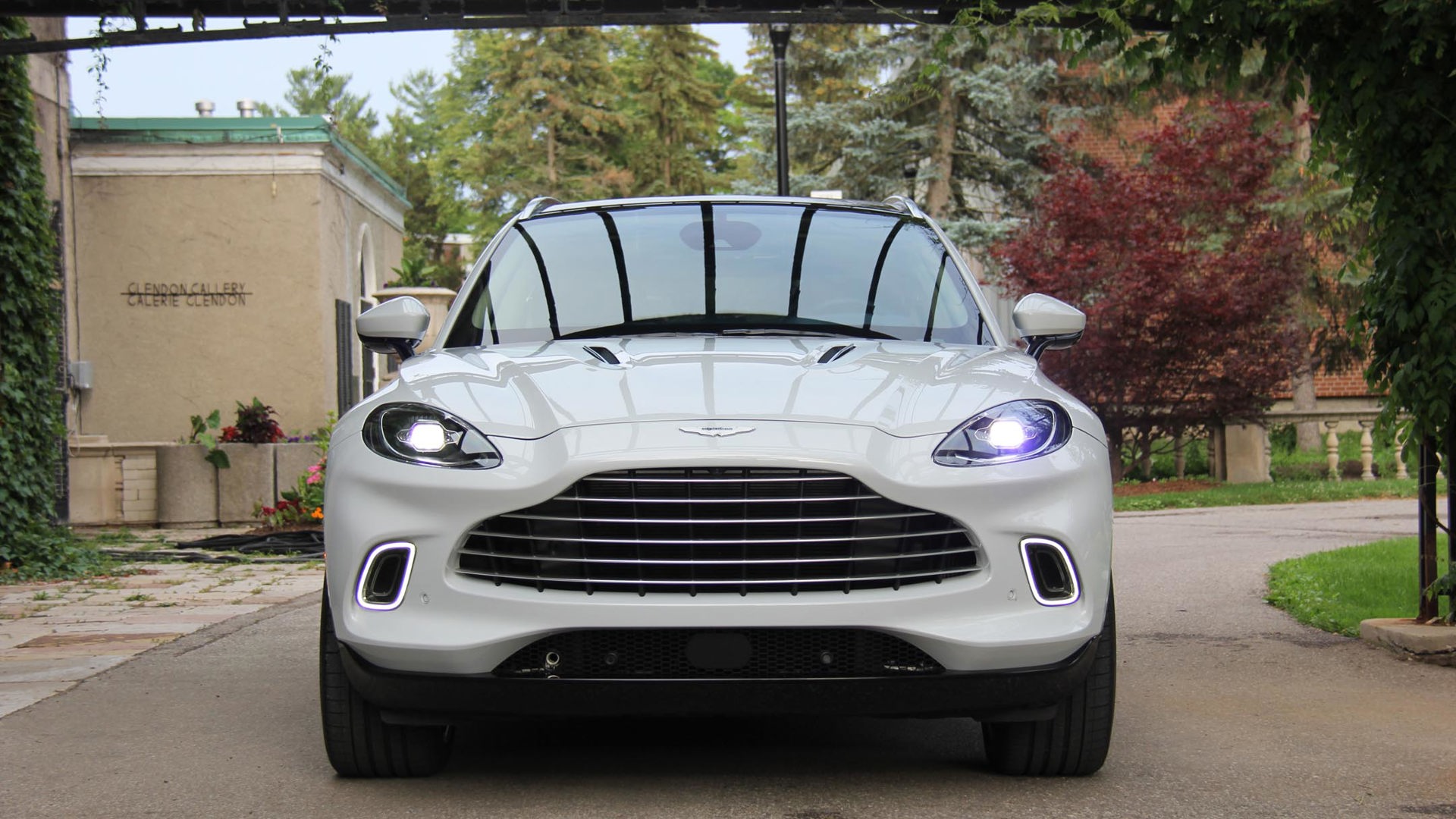
Final Thoughts
The Maserati Levante Trofeo and Porsche Cayenne Turbo GT each make for an exhilarating driving experience; however, the Levante’s interior still shares too many parts-bin components with the former Fiat Chrysler Automobiles (FCA) crop, while the Cayenne’s exterior blends in with everything else in the Porsche lineup. The Maybach GLS 600 and Lamborghini may provide similar levels of exclusivity, but the 2021 Aston Martin DBX manages to blend luxury, utility, and performance into a package that is sleek, soulful, and seductive. In other words, Aston Martin’s take on the modern SUV is exactly what you would expect it to be. You’ll pay handsomely for the privilege of owning one, but whenever you drive it you will feel as though you’re getting your money’s worth since it doesn’t look or feel like anything else on the road.
